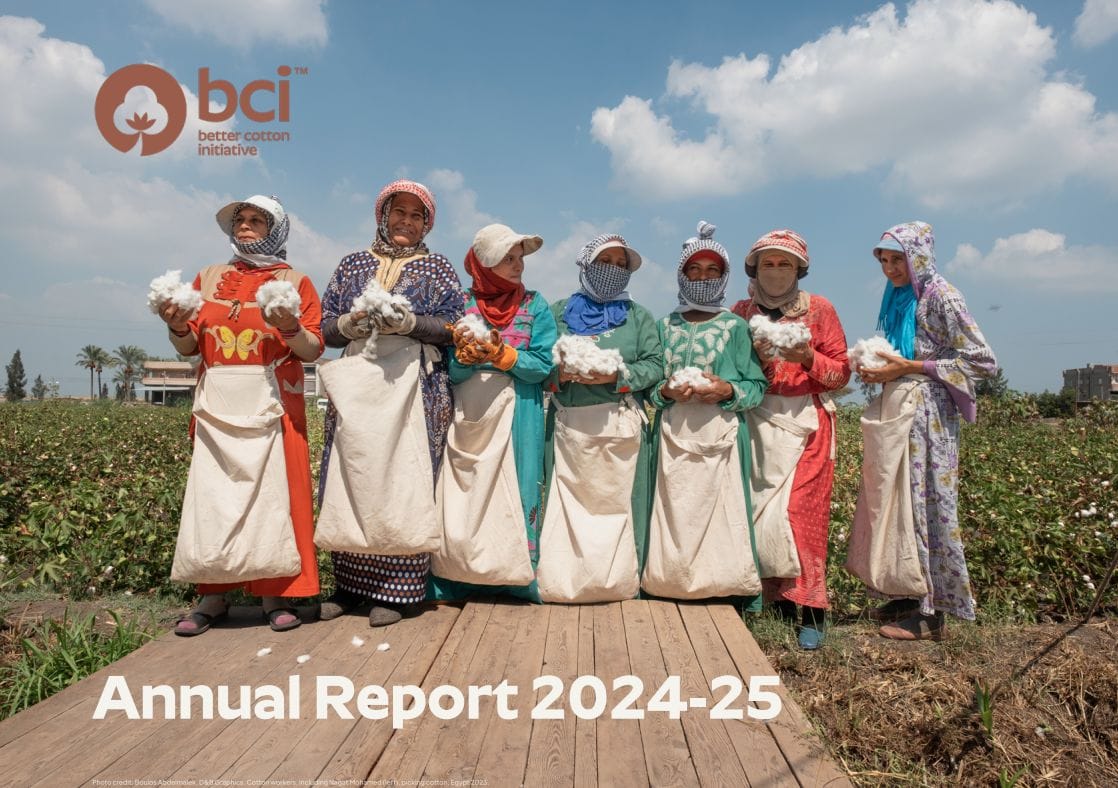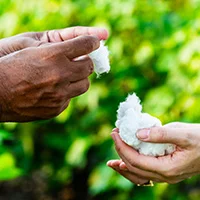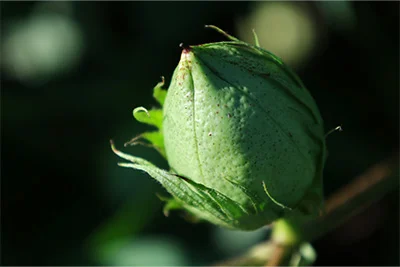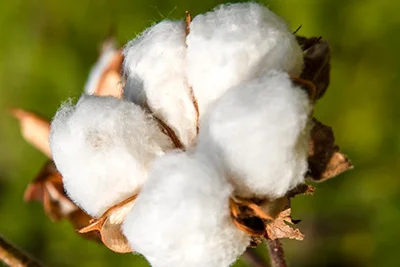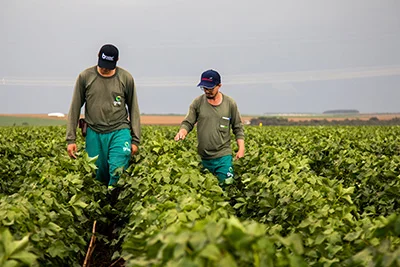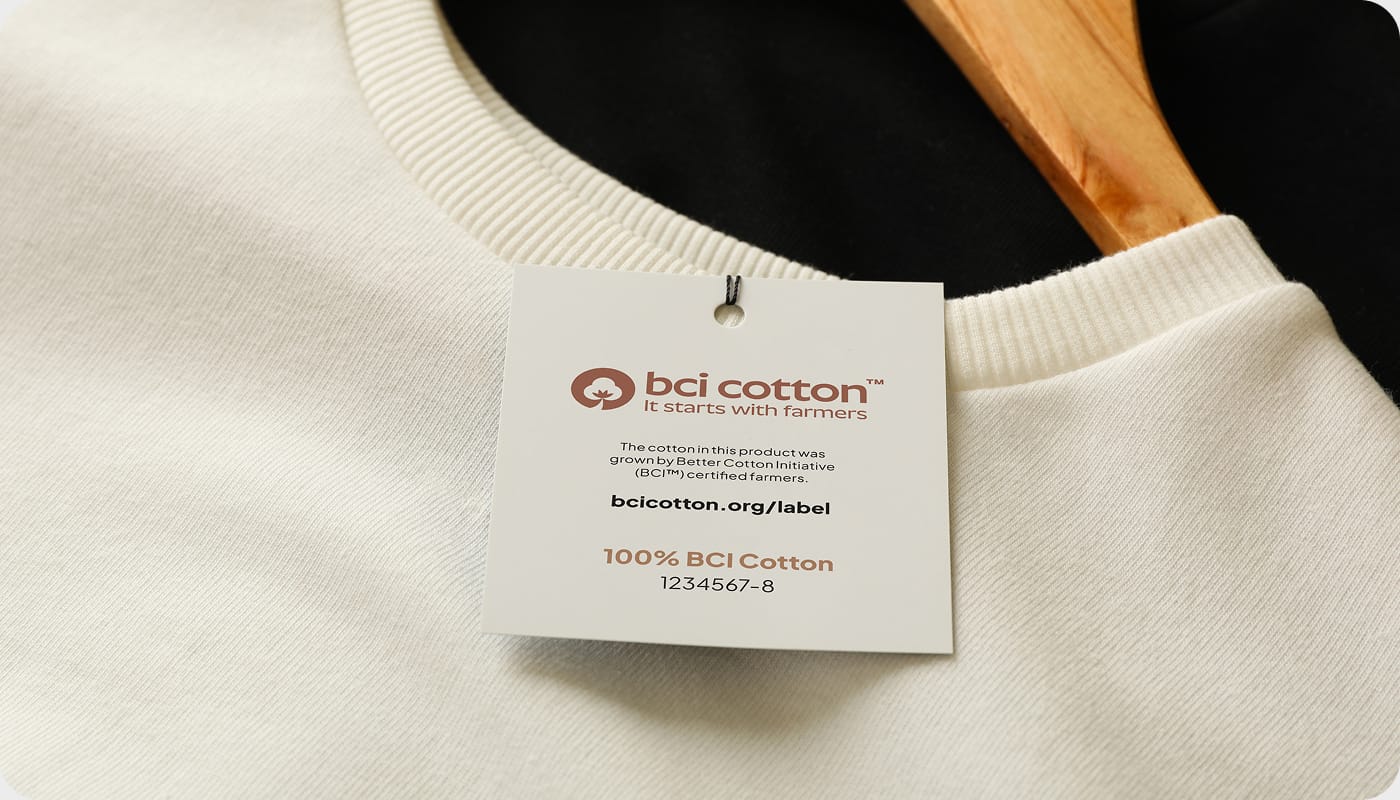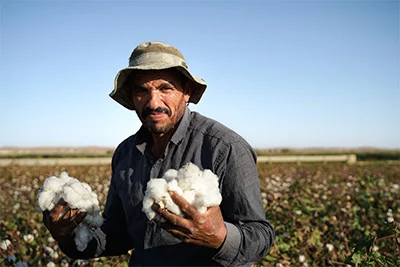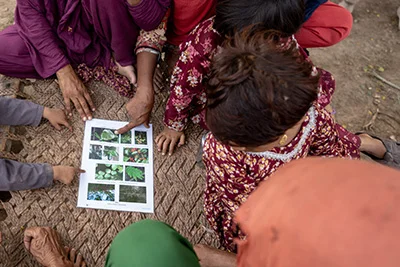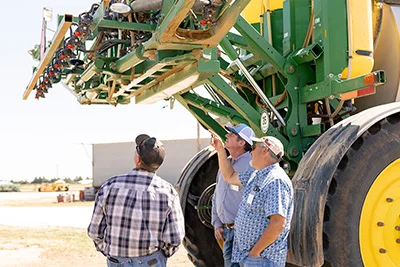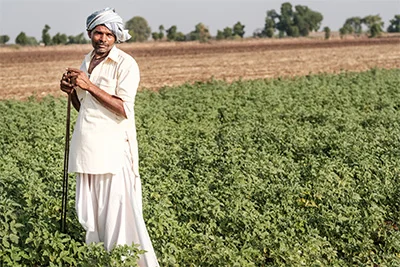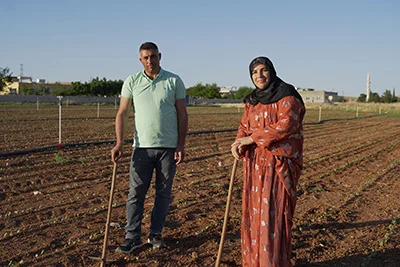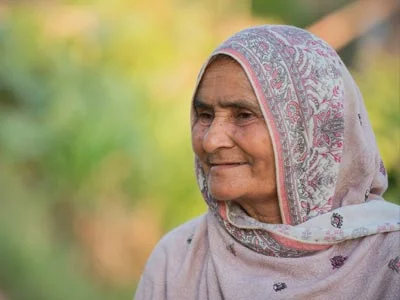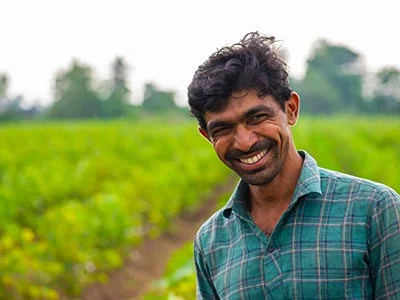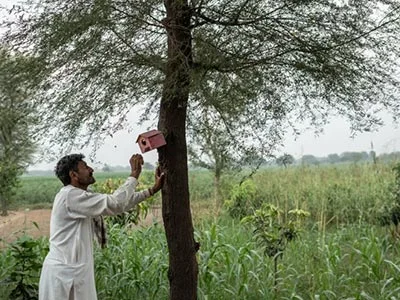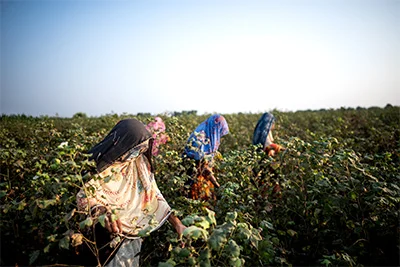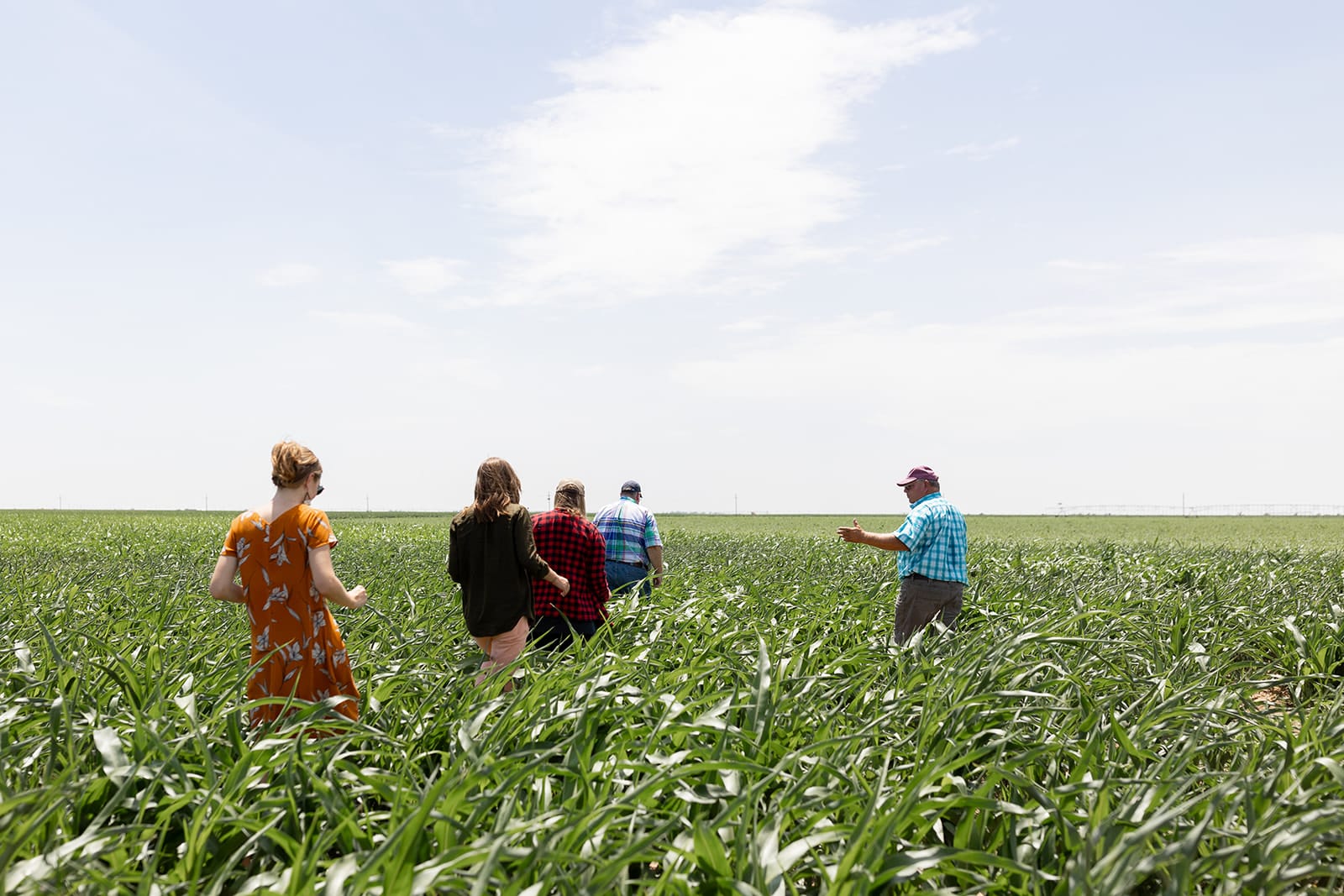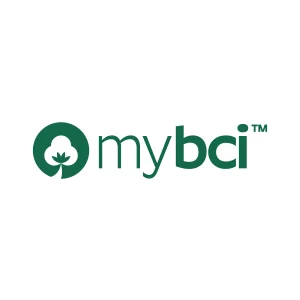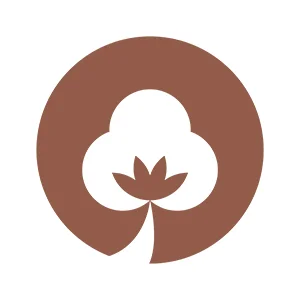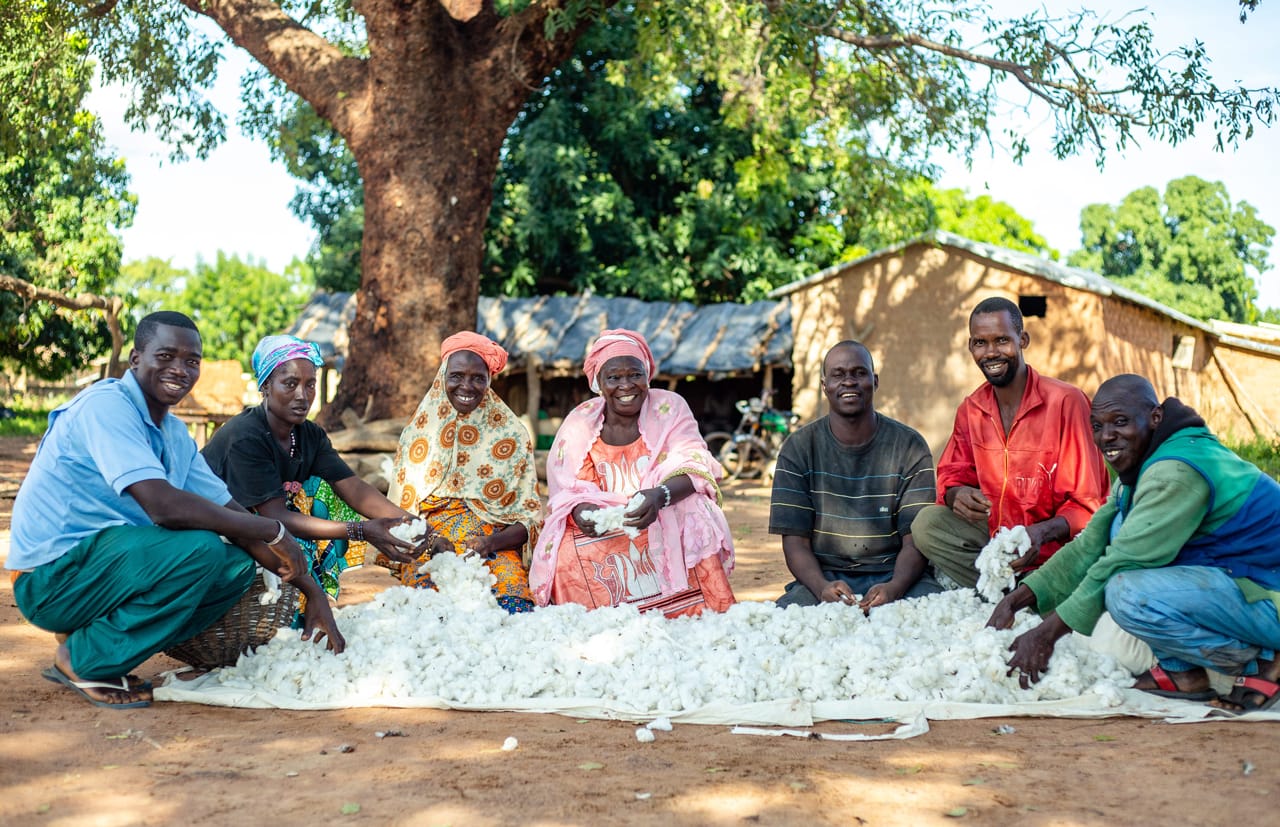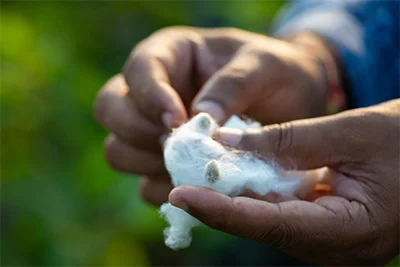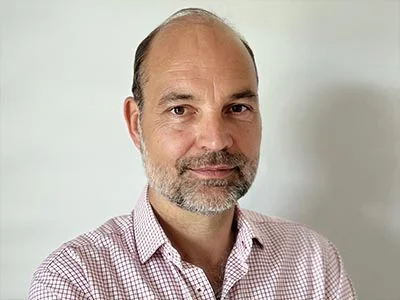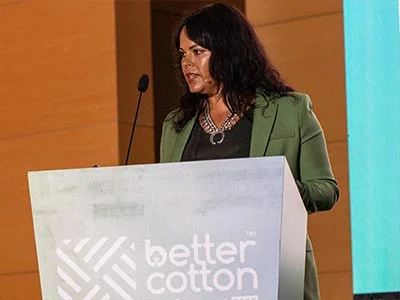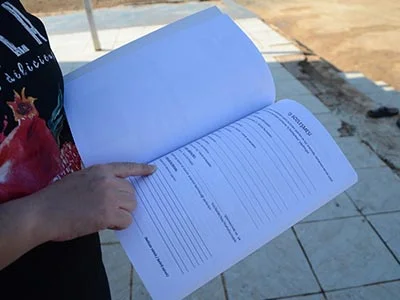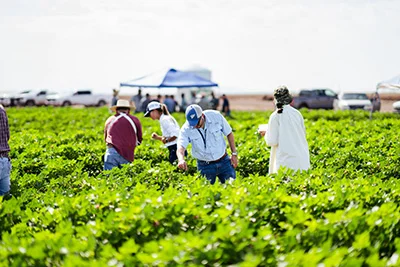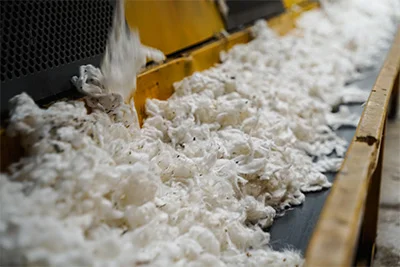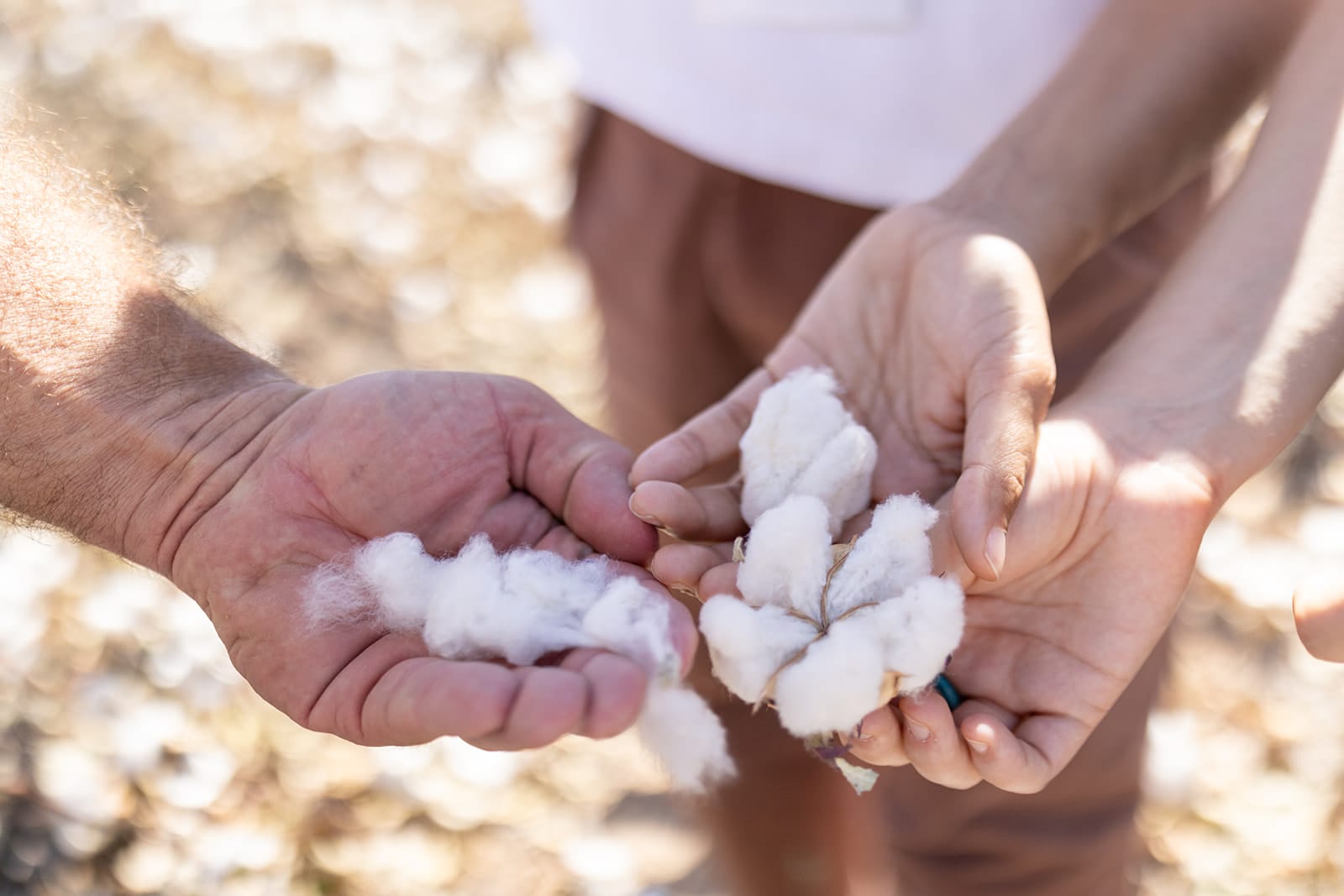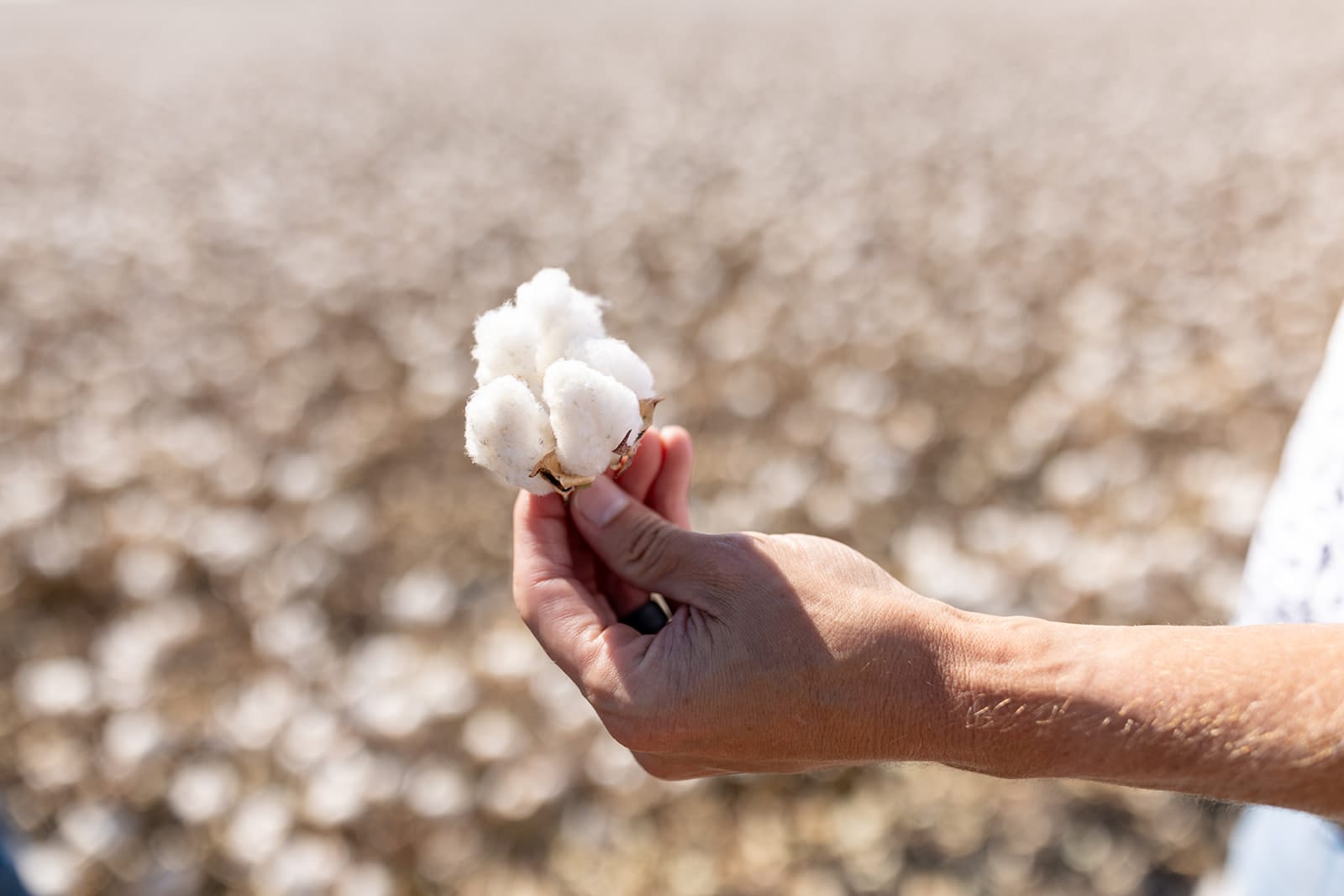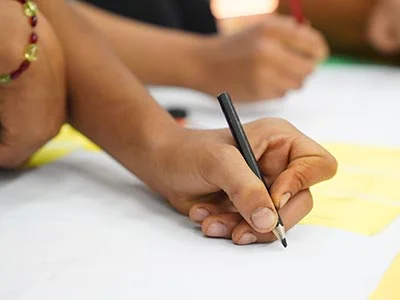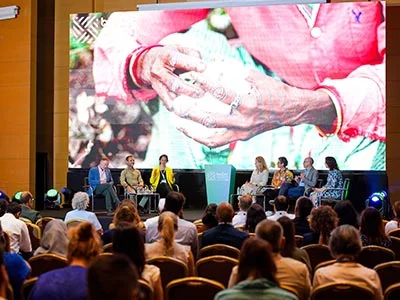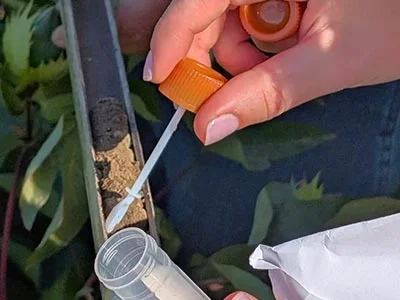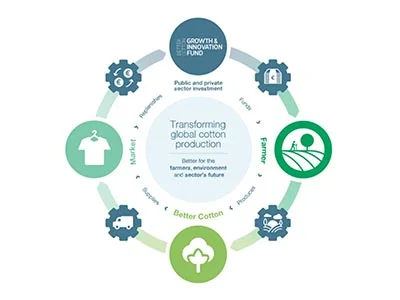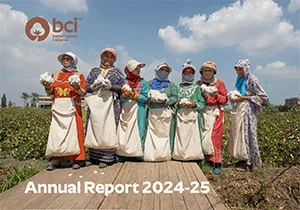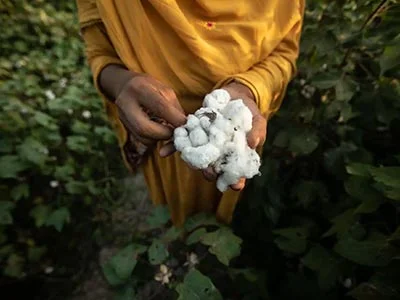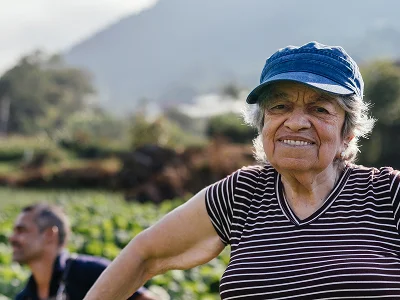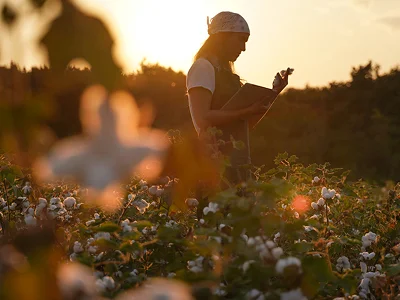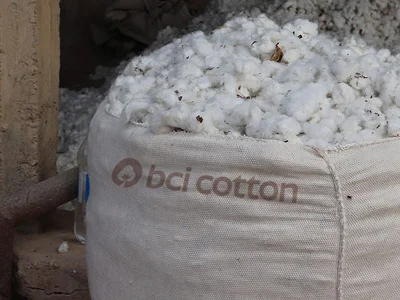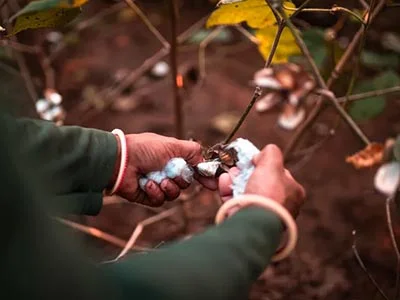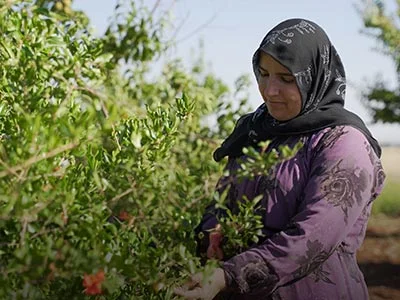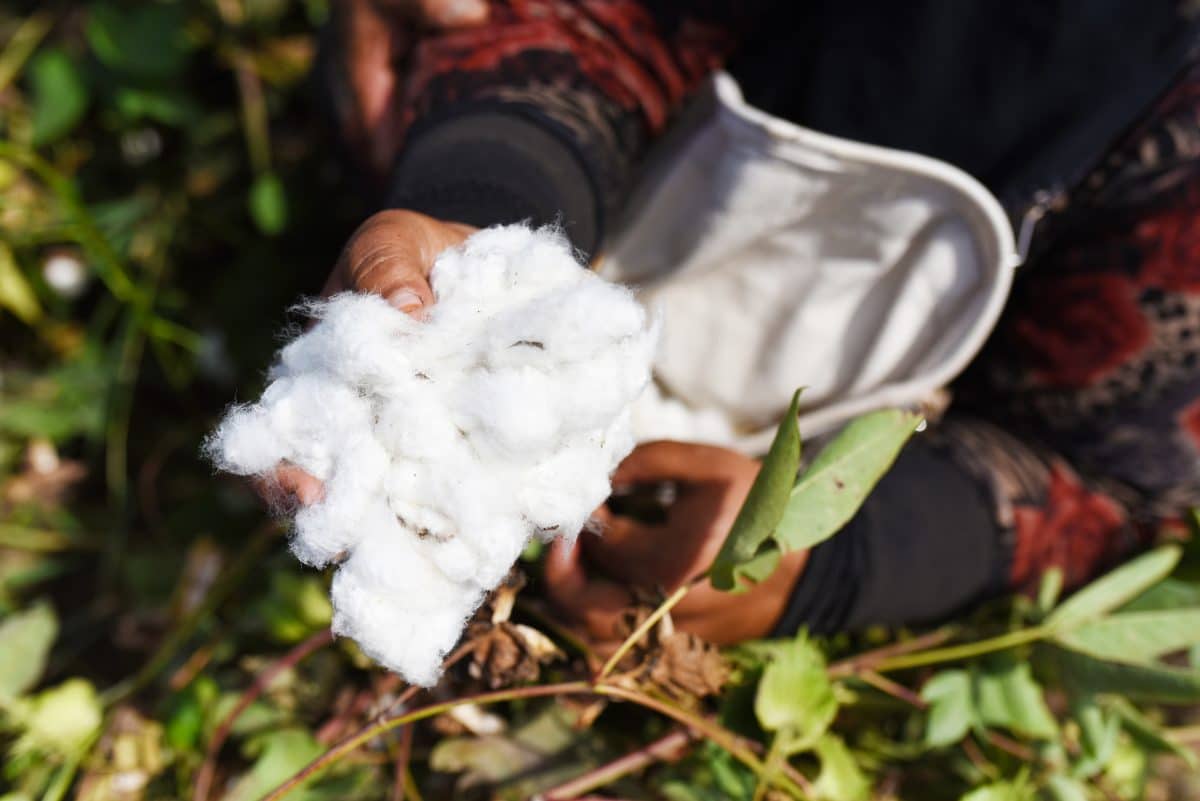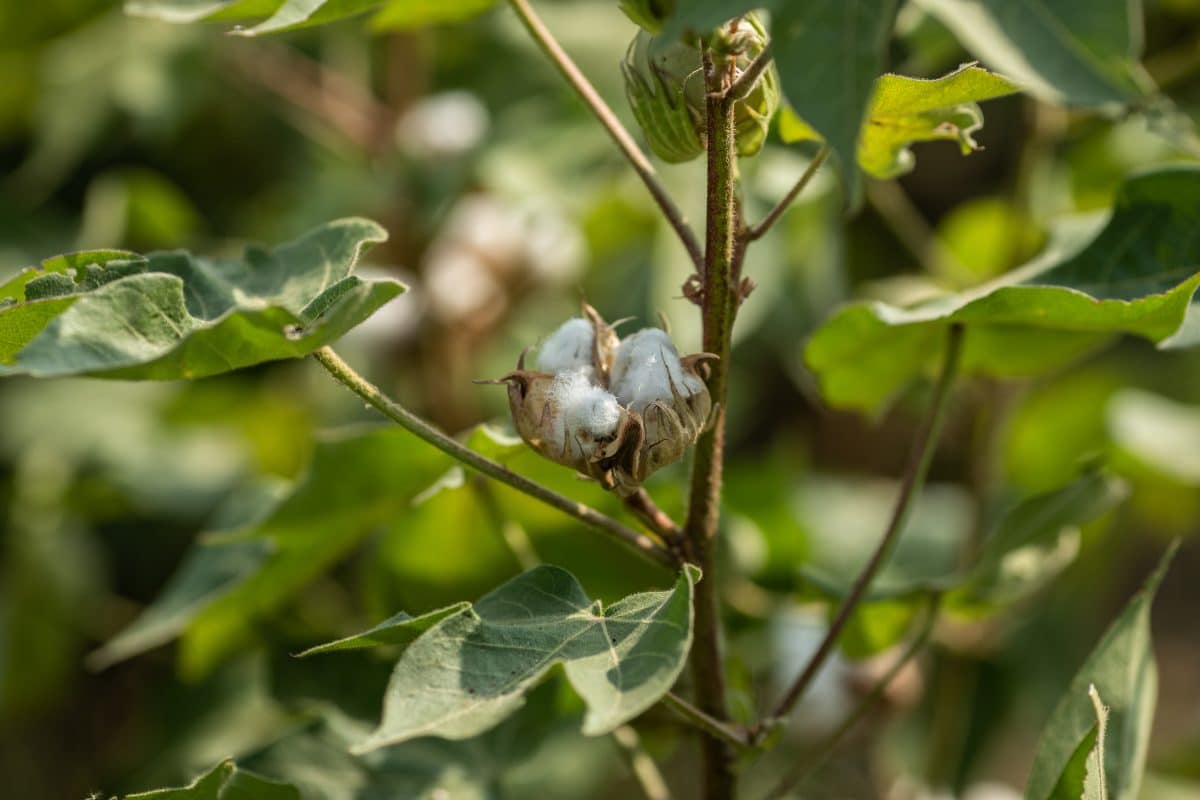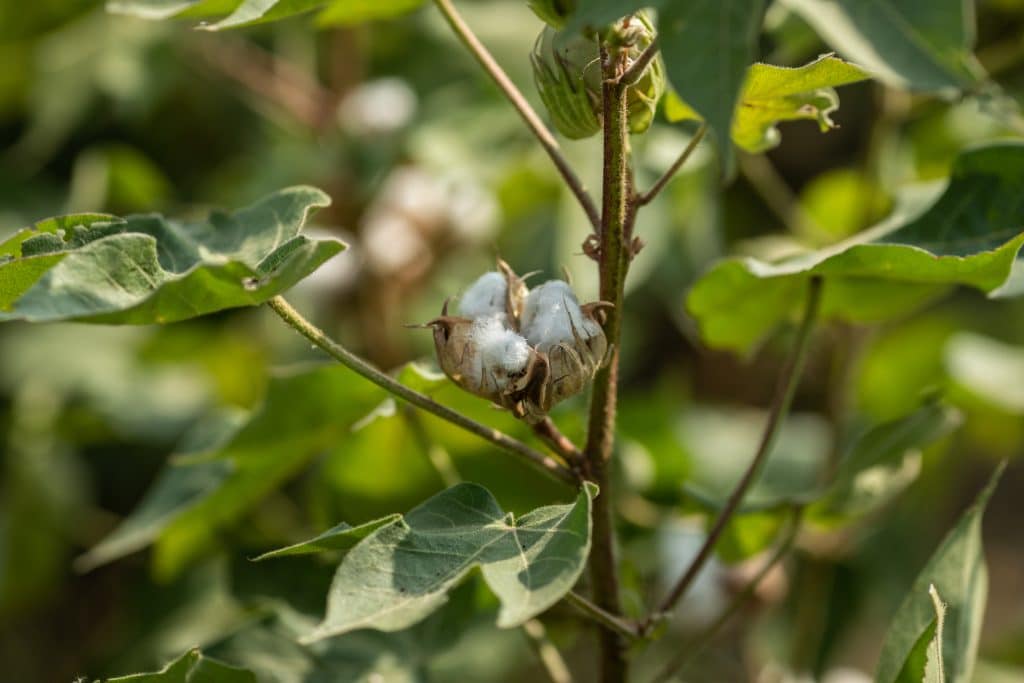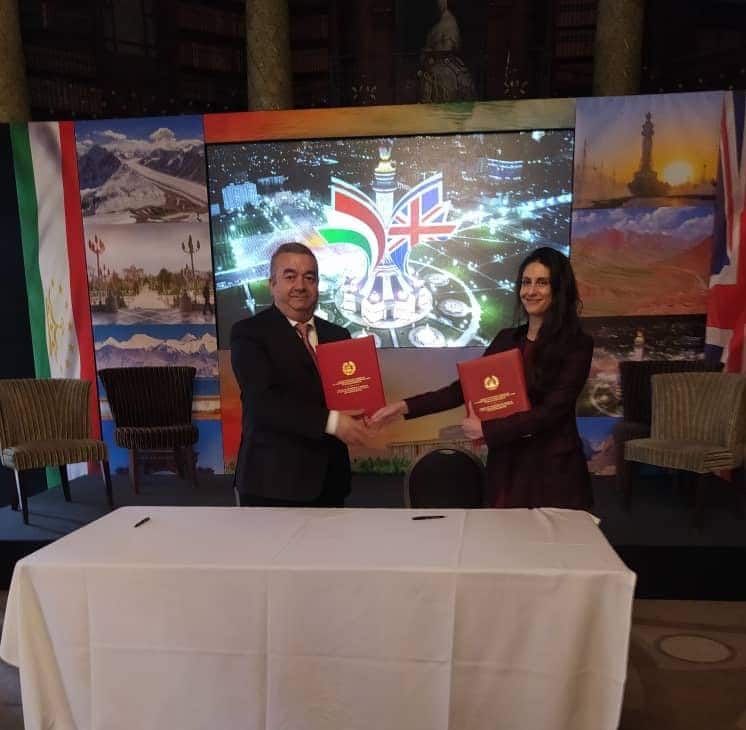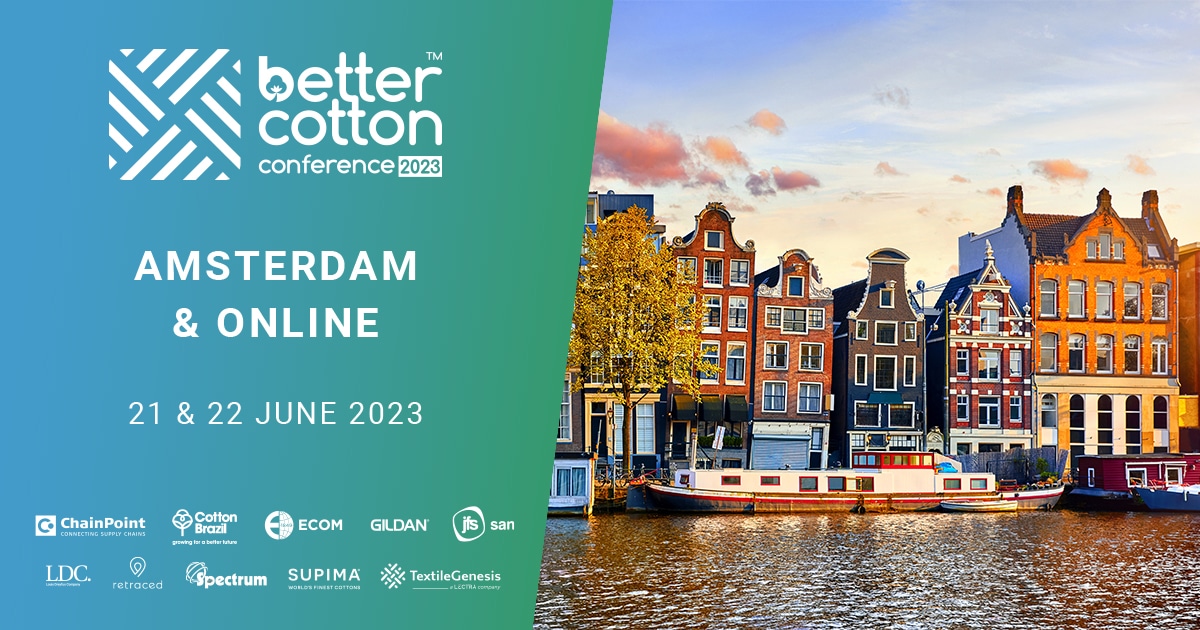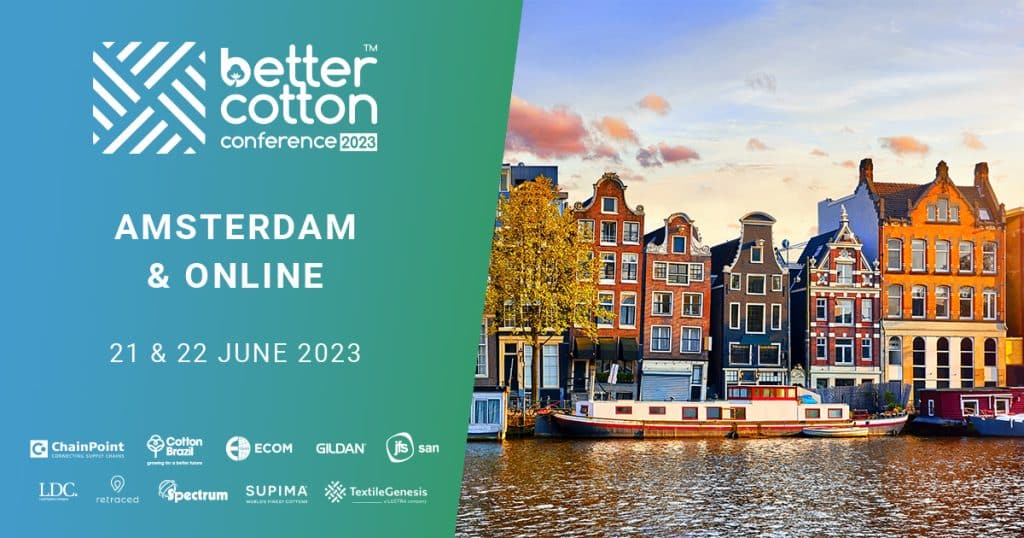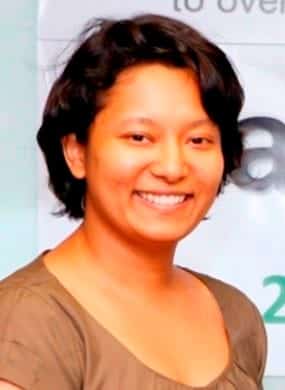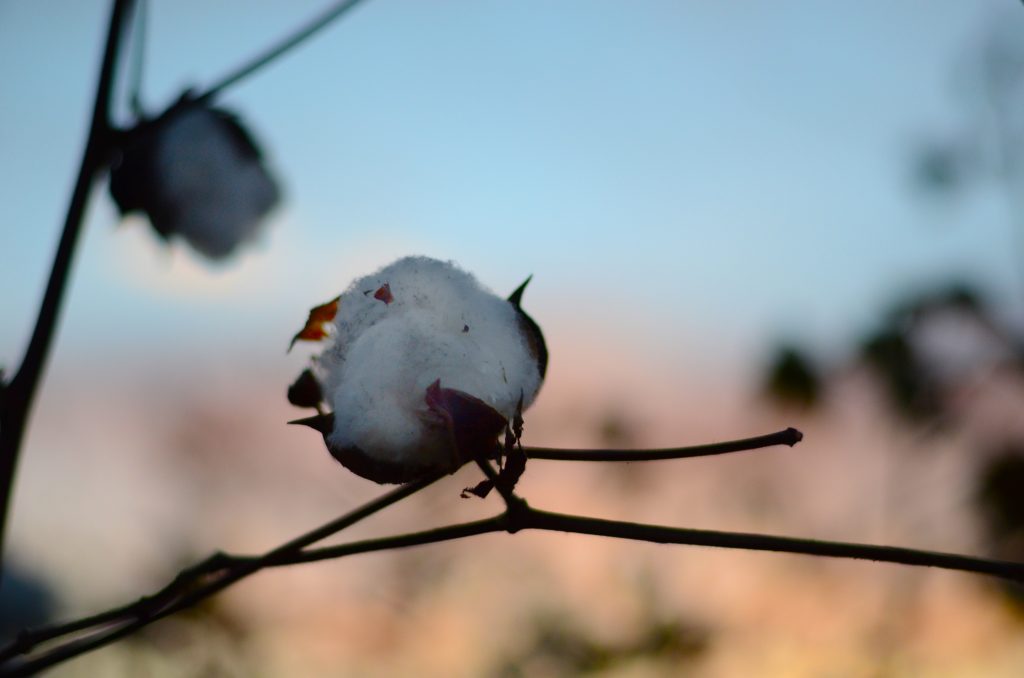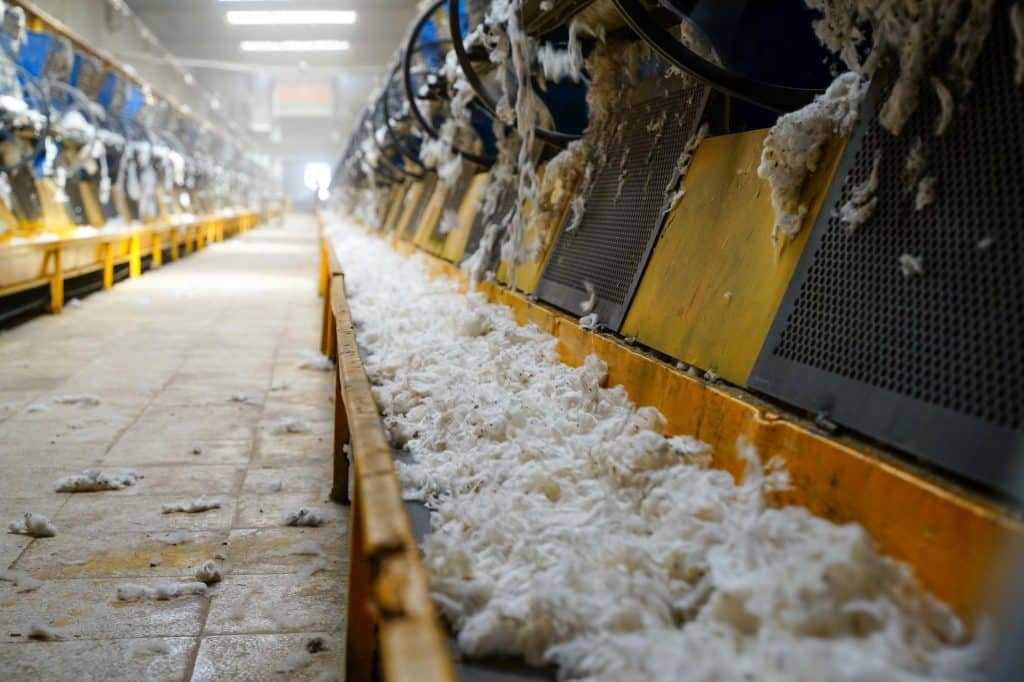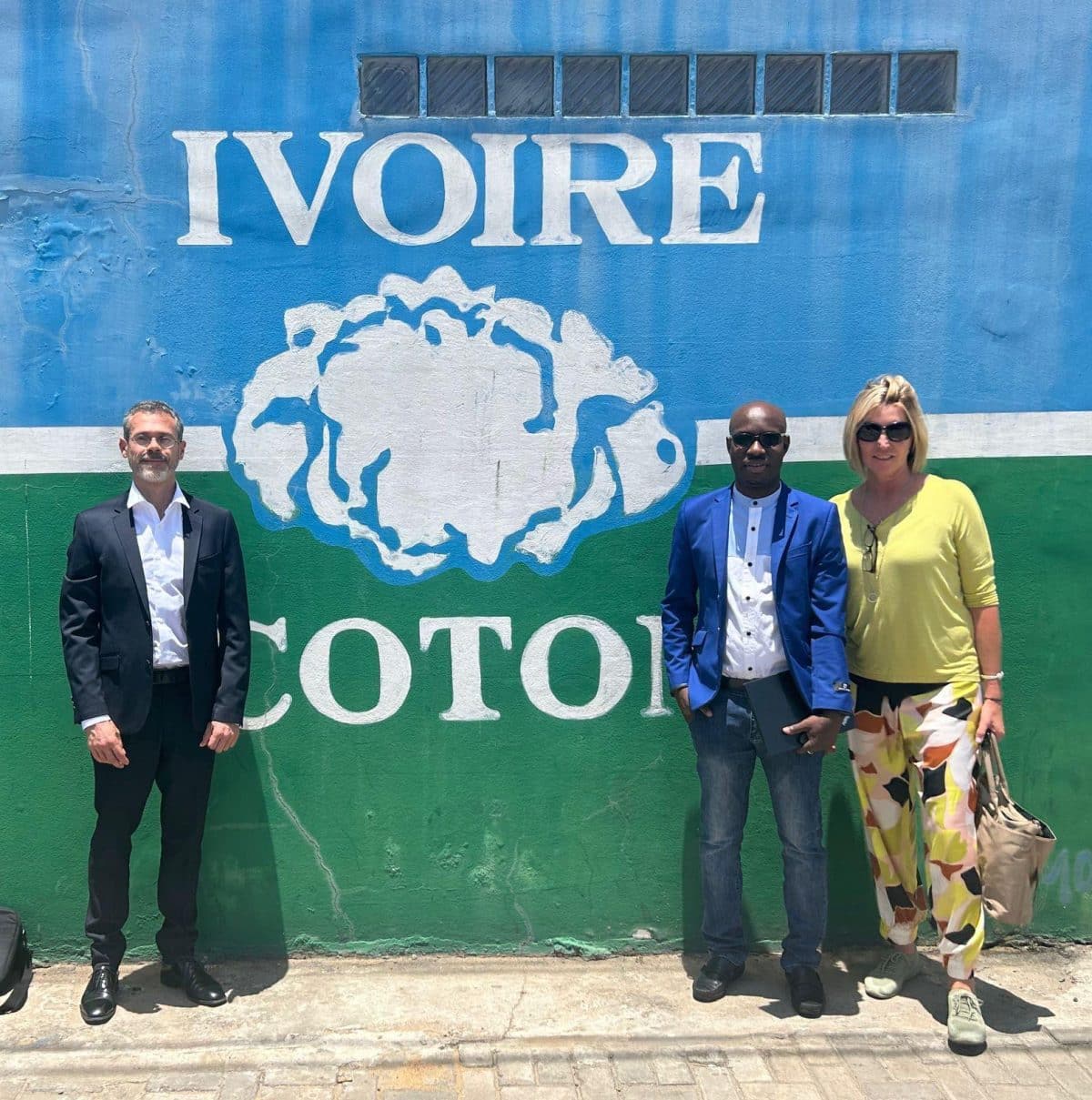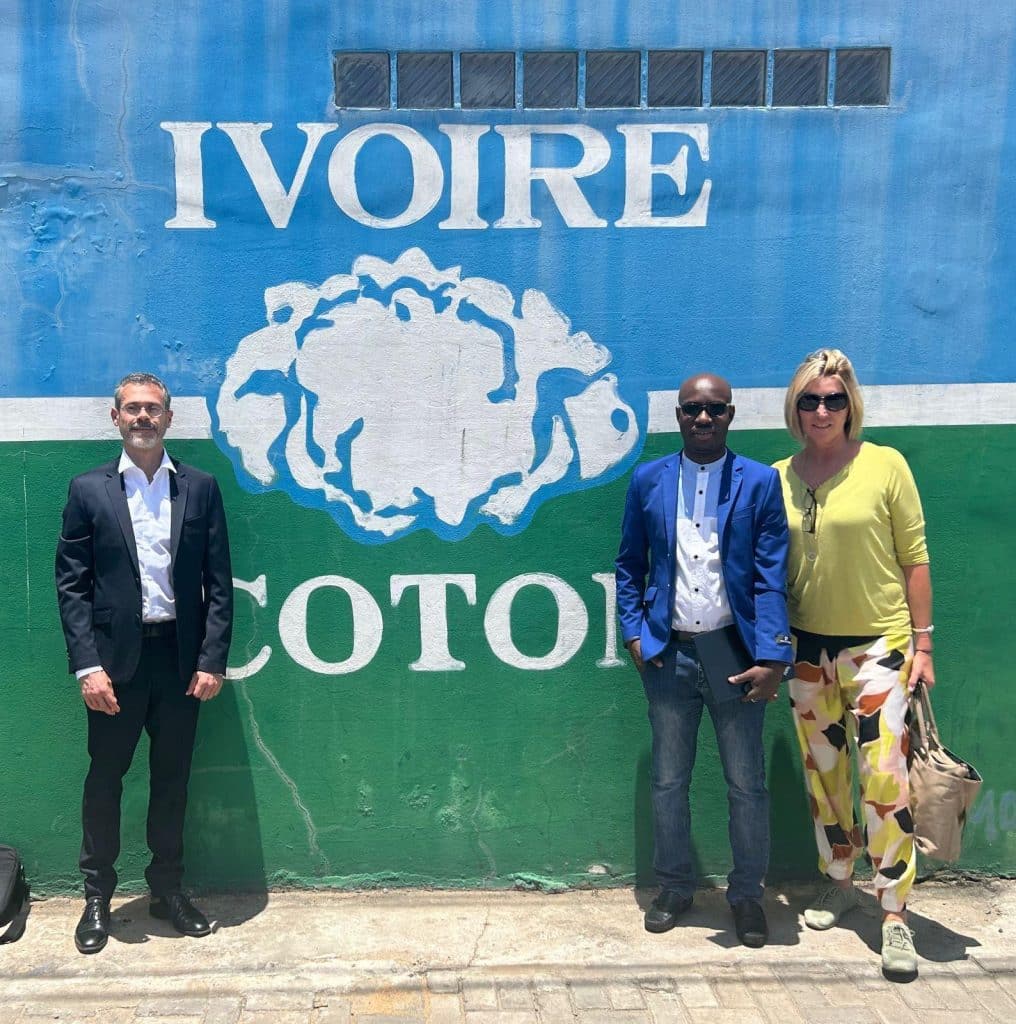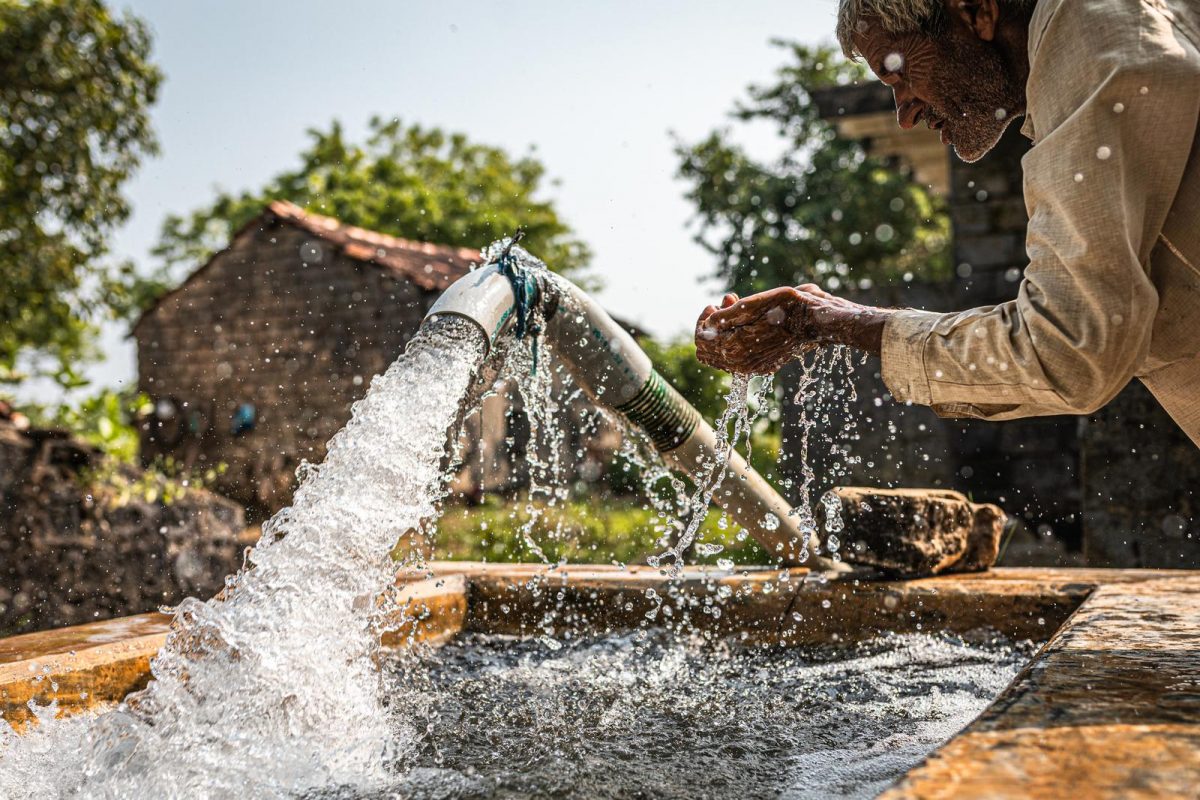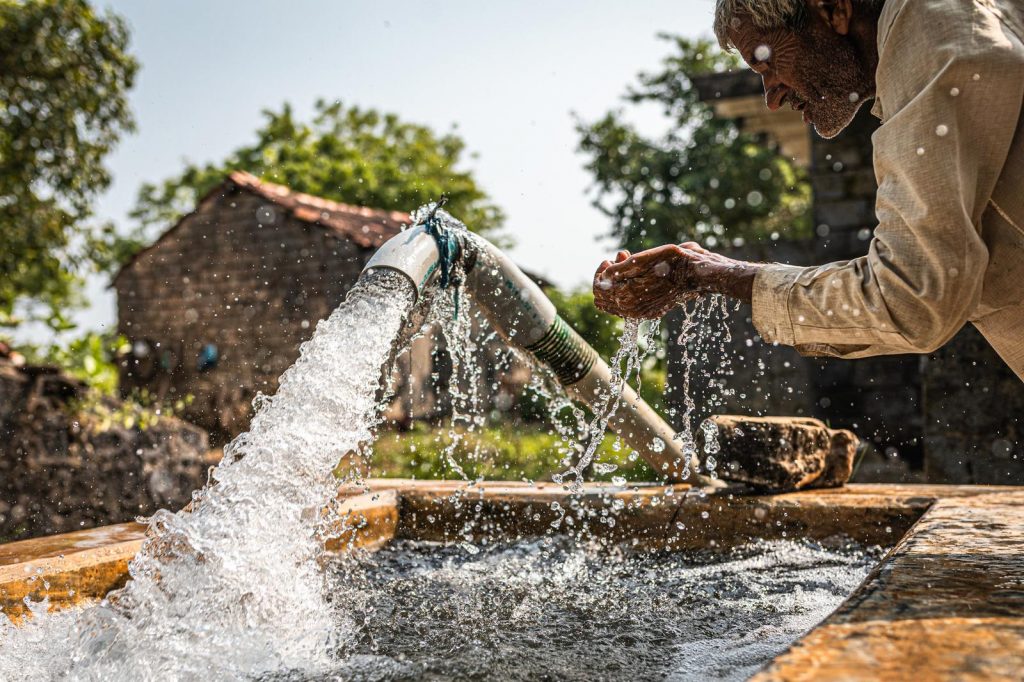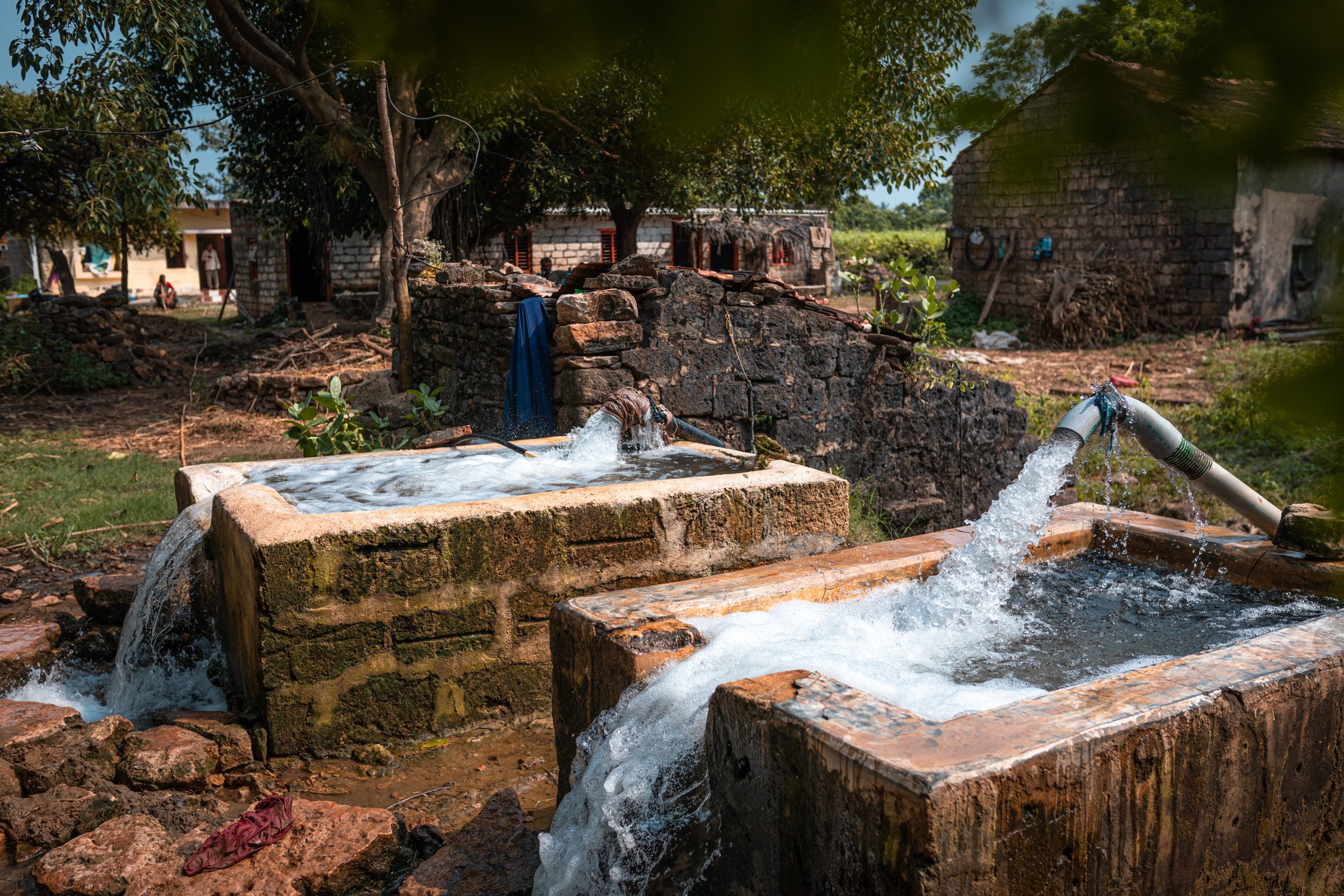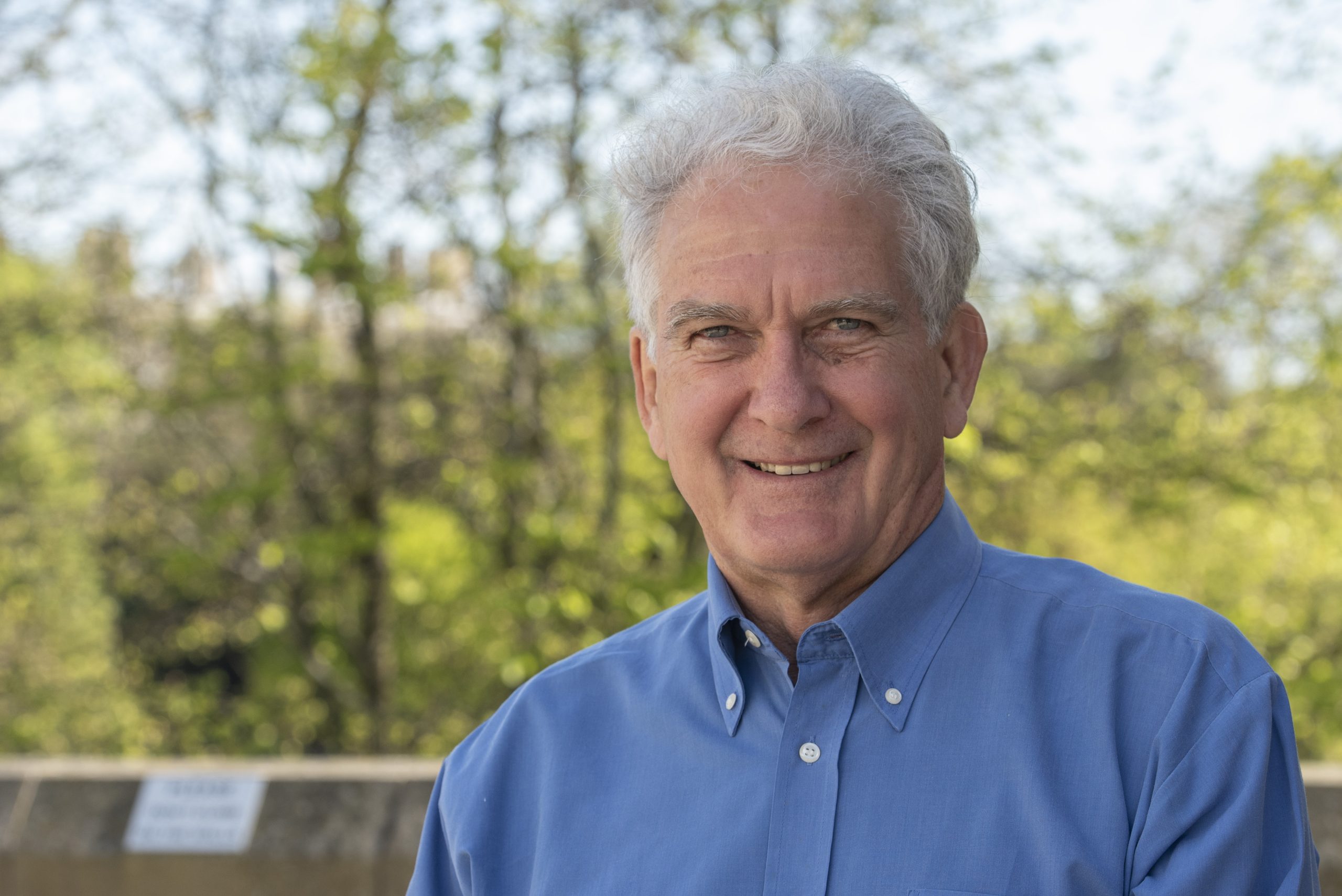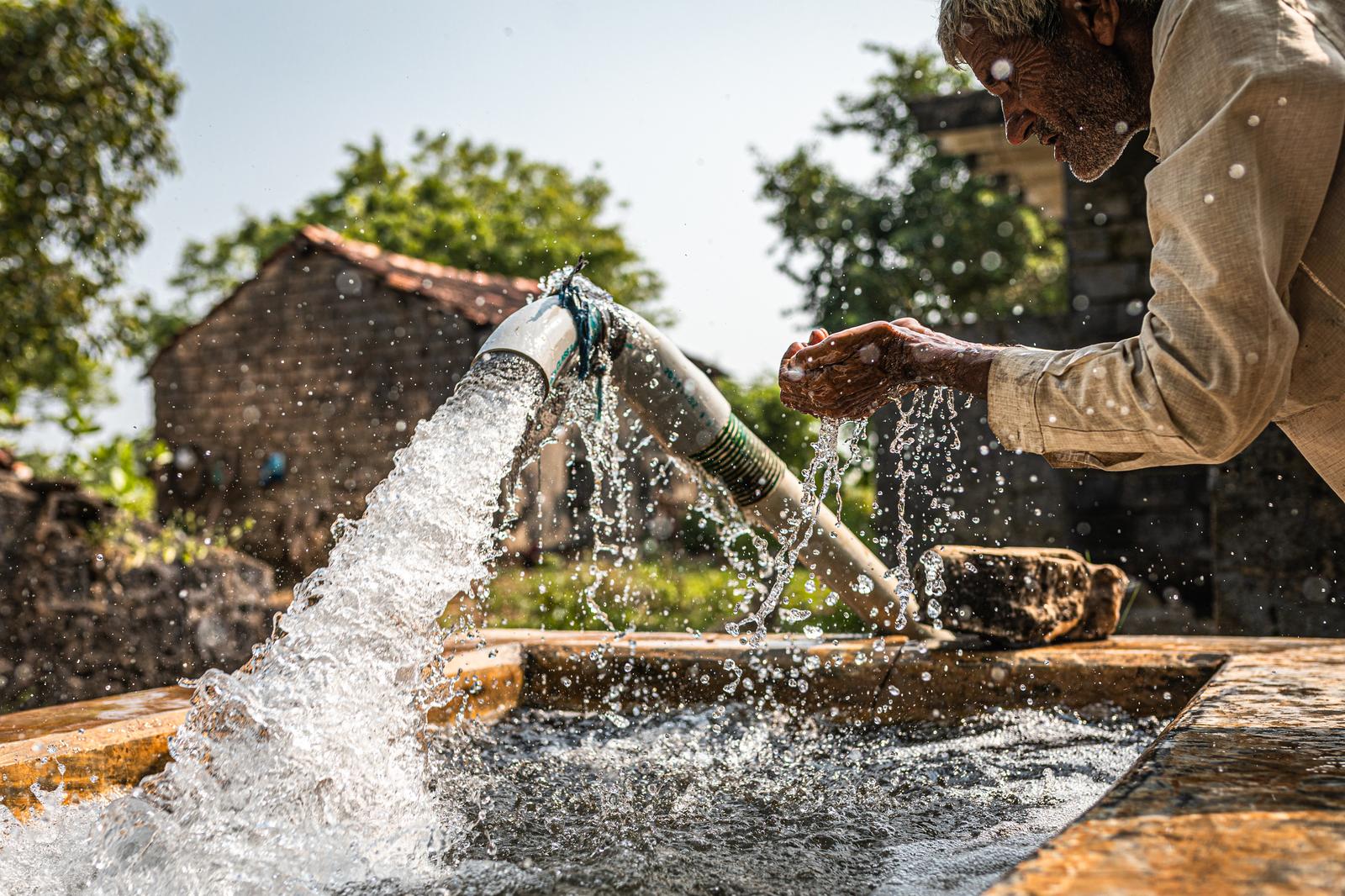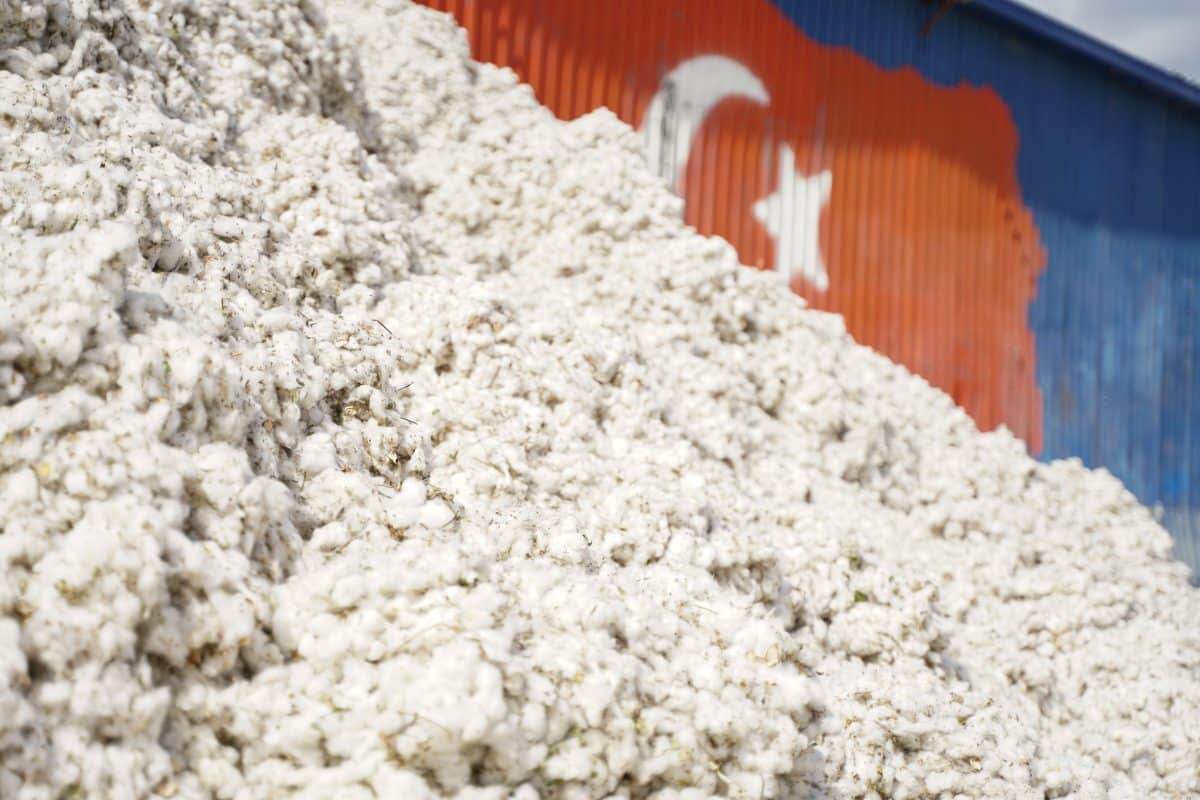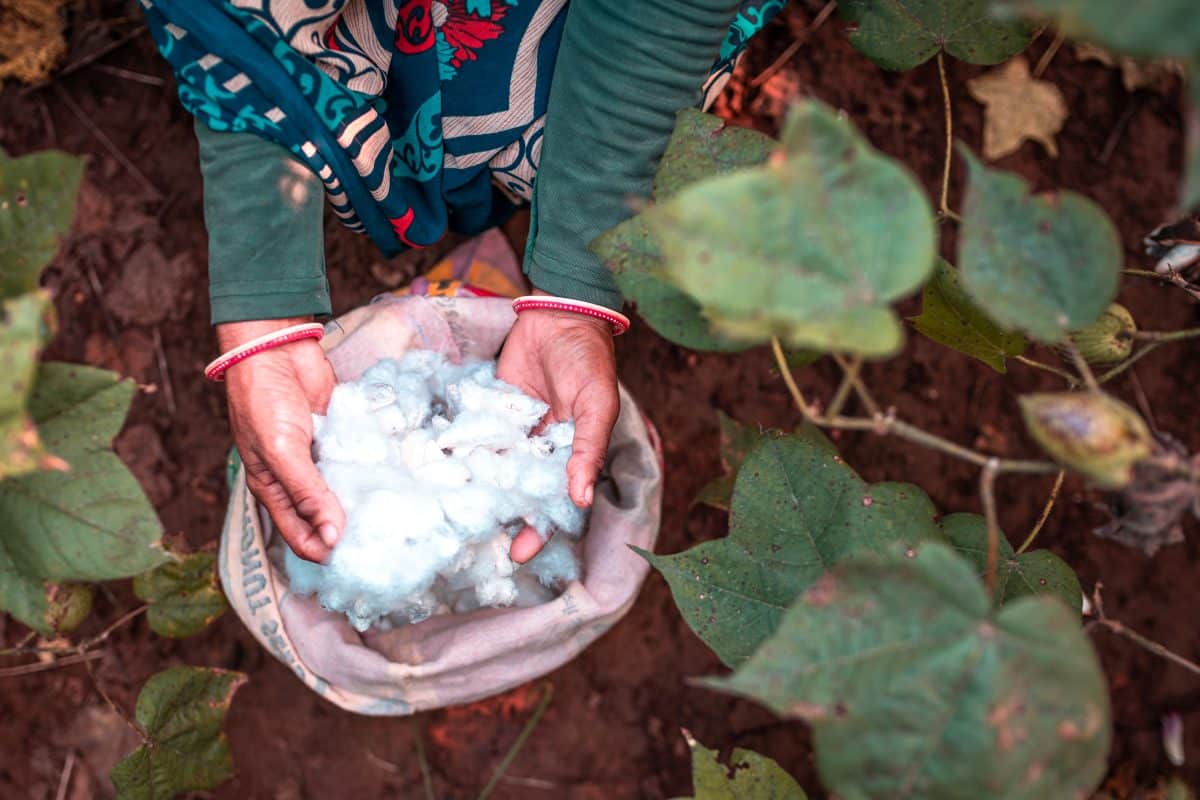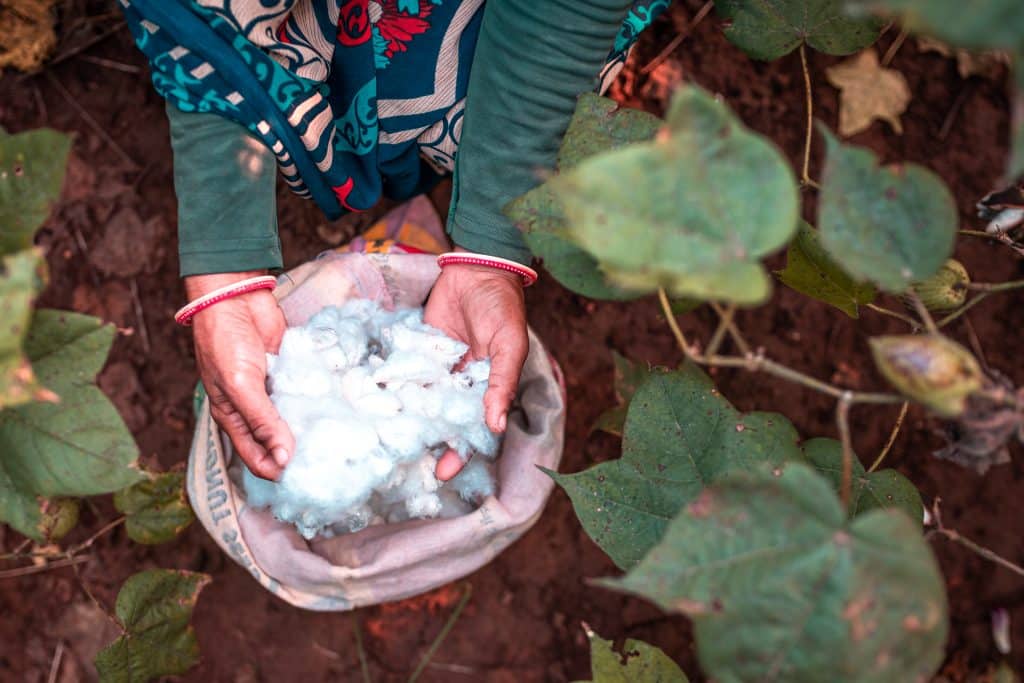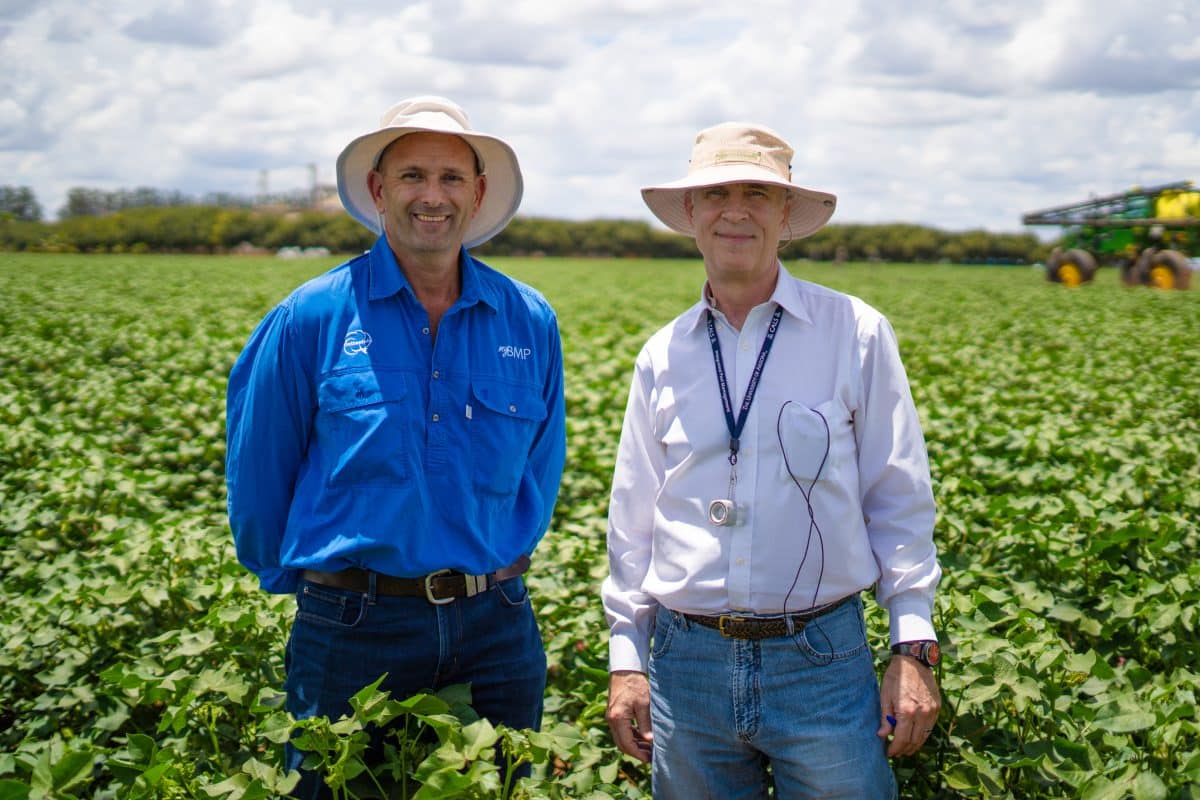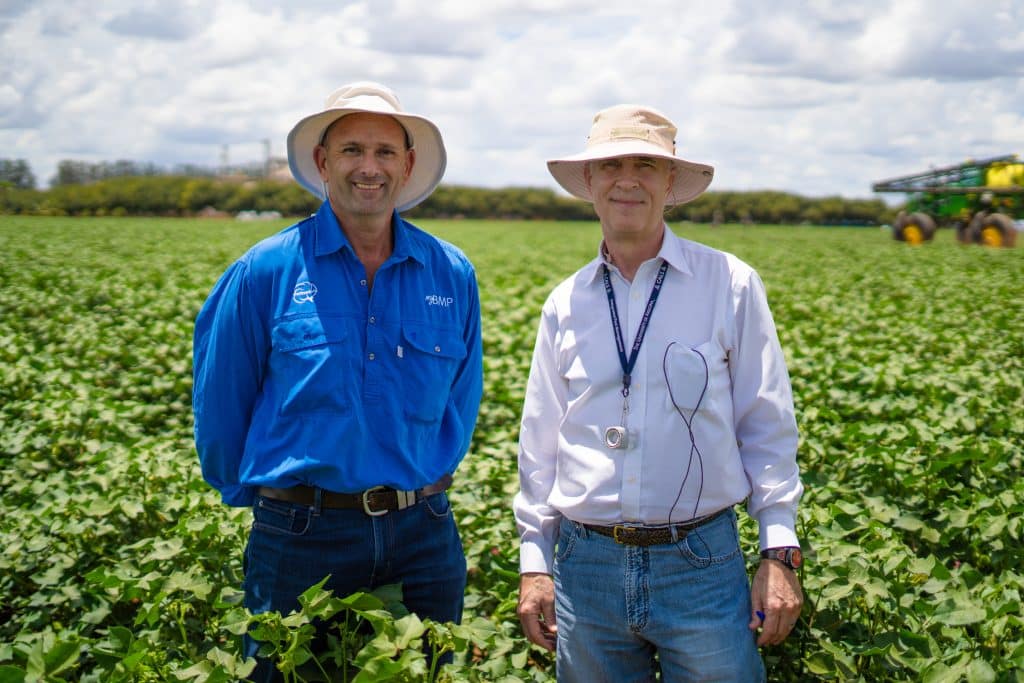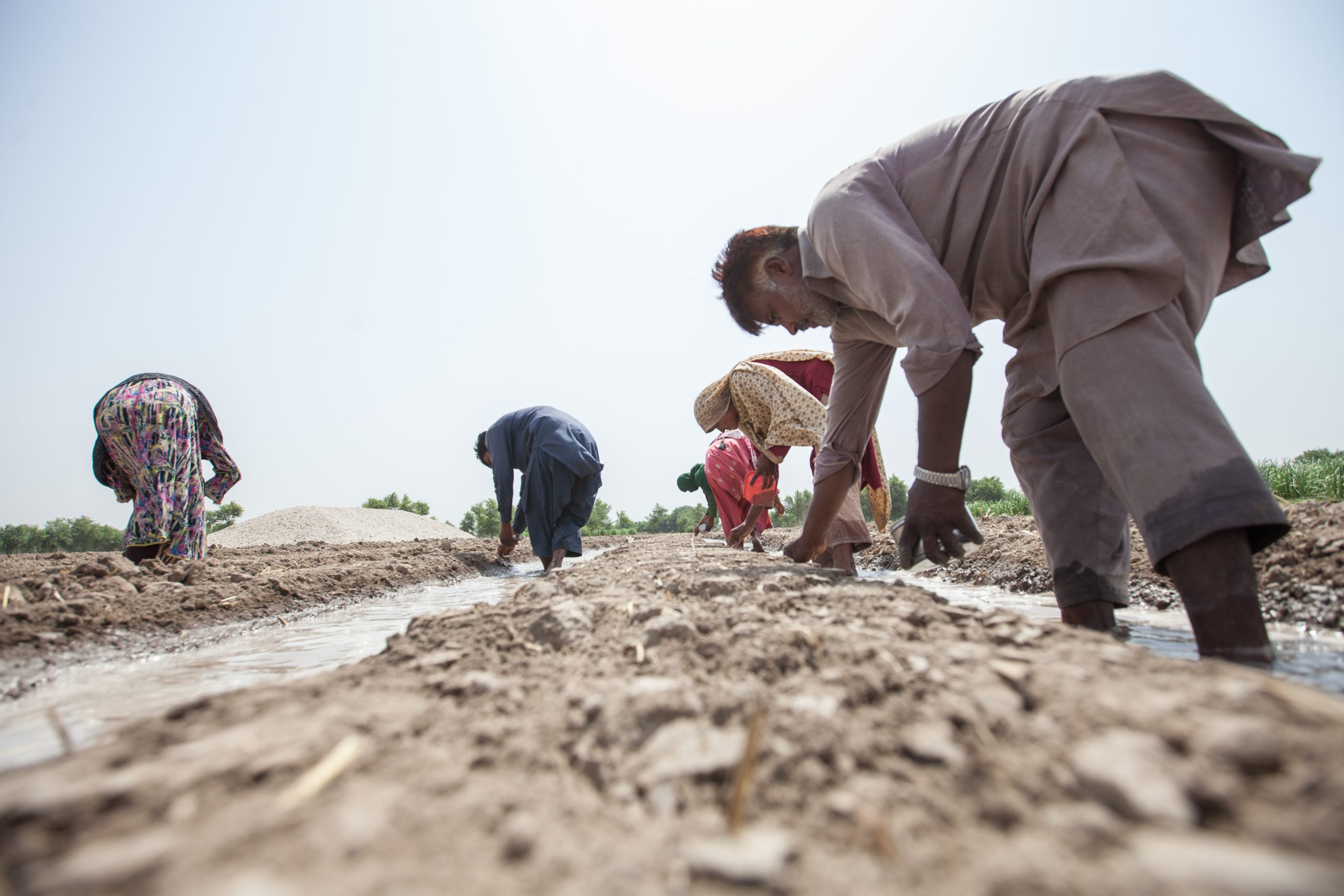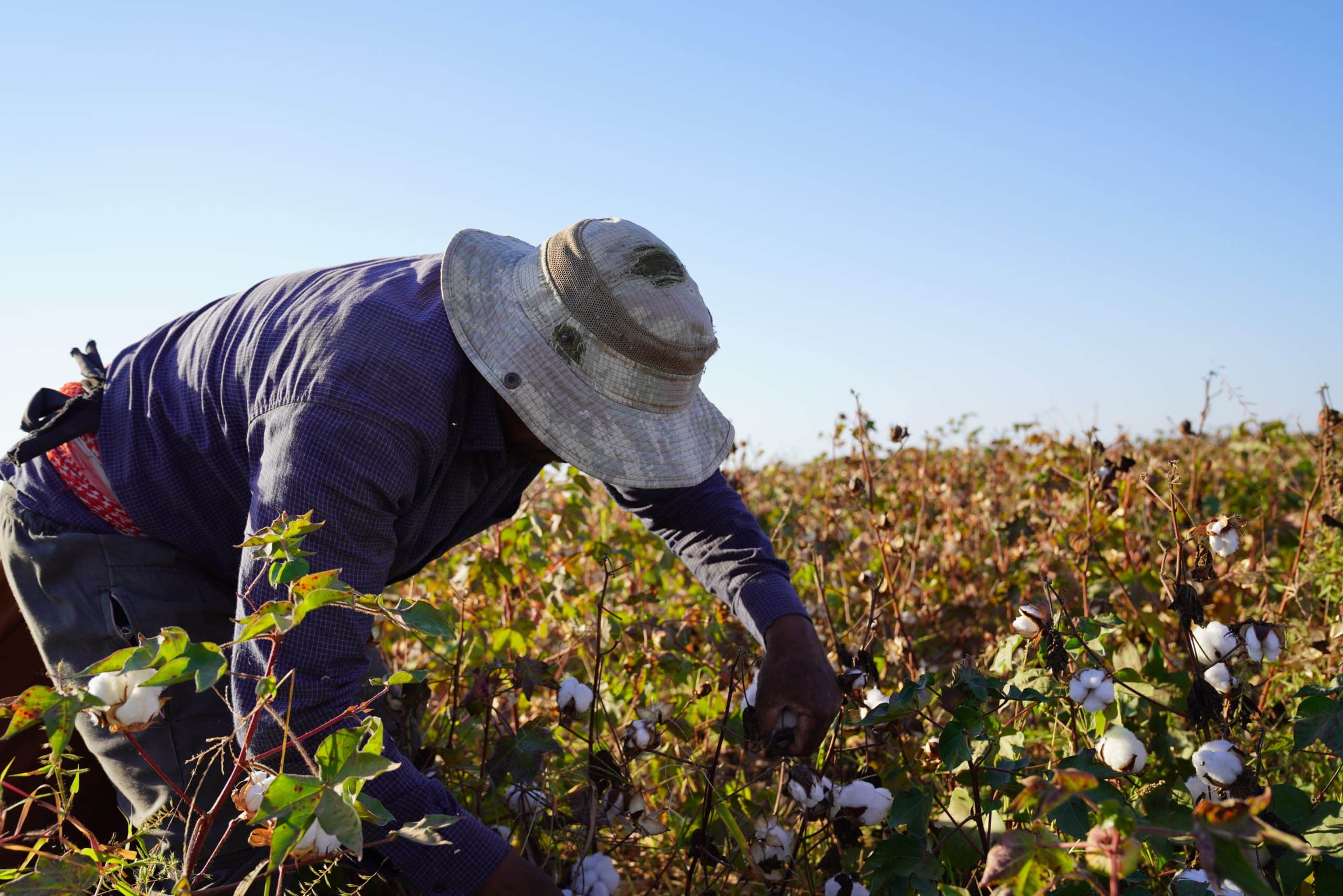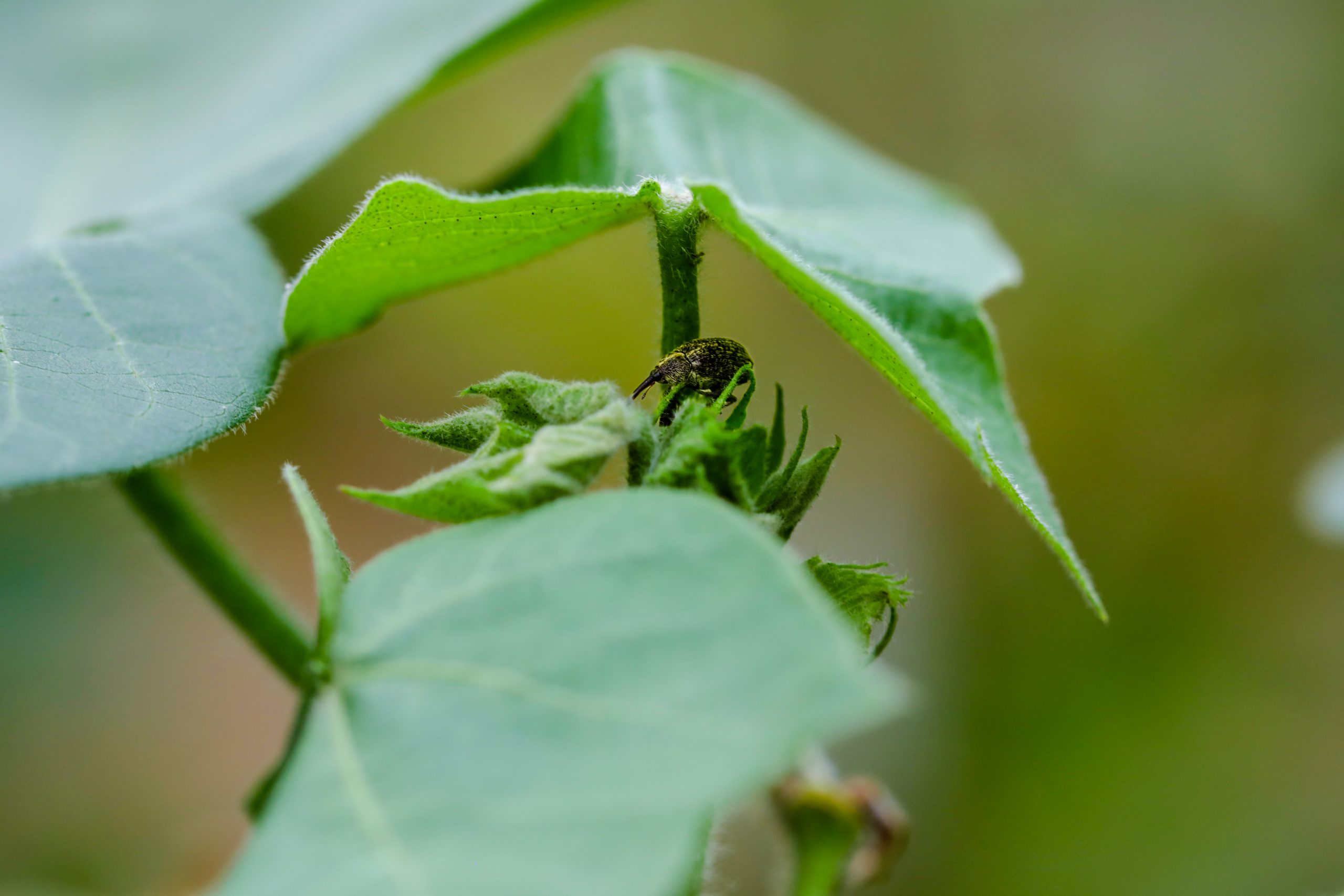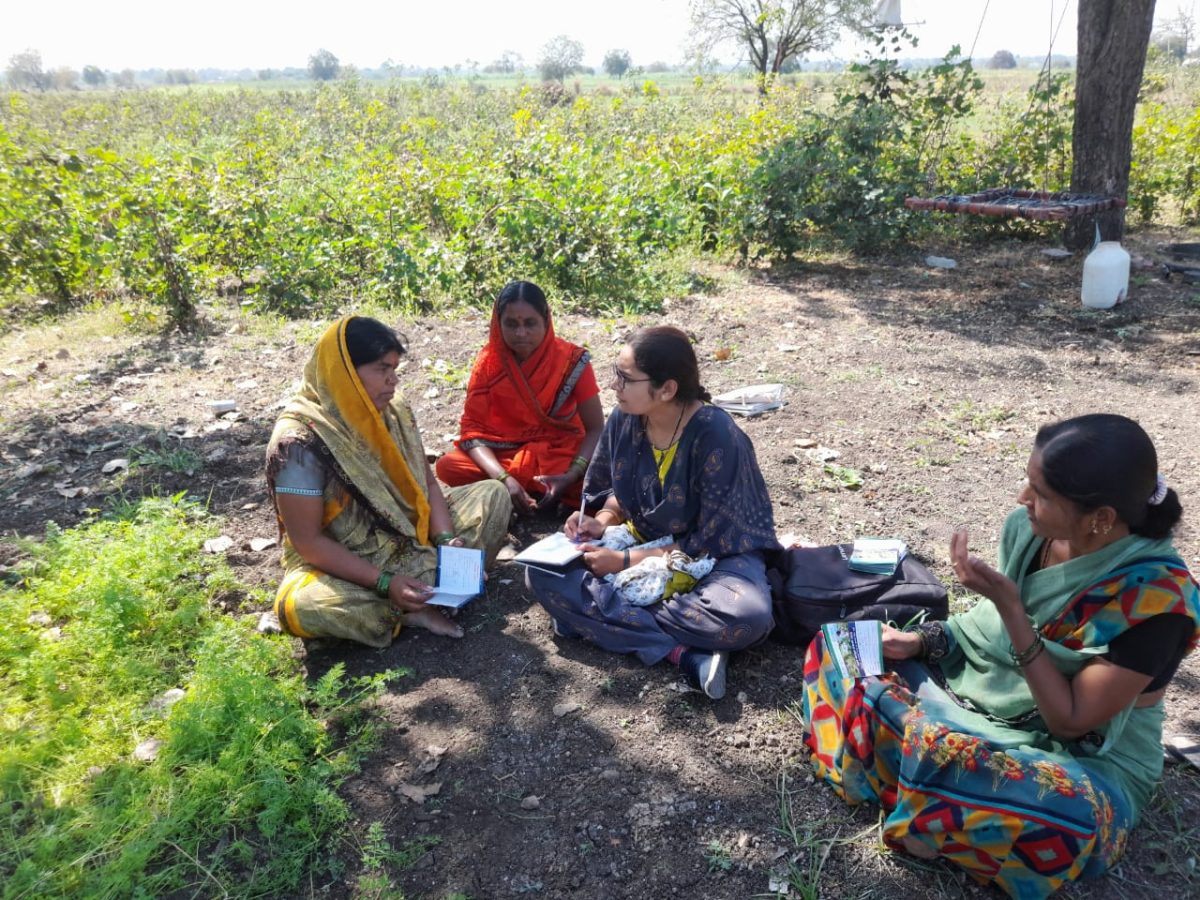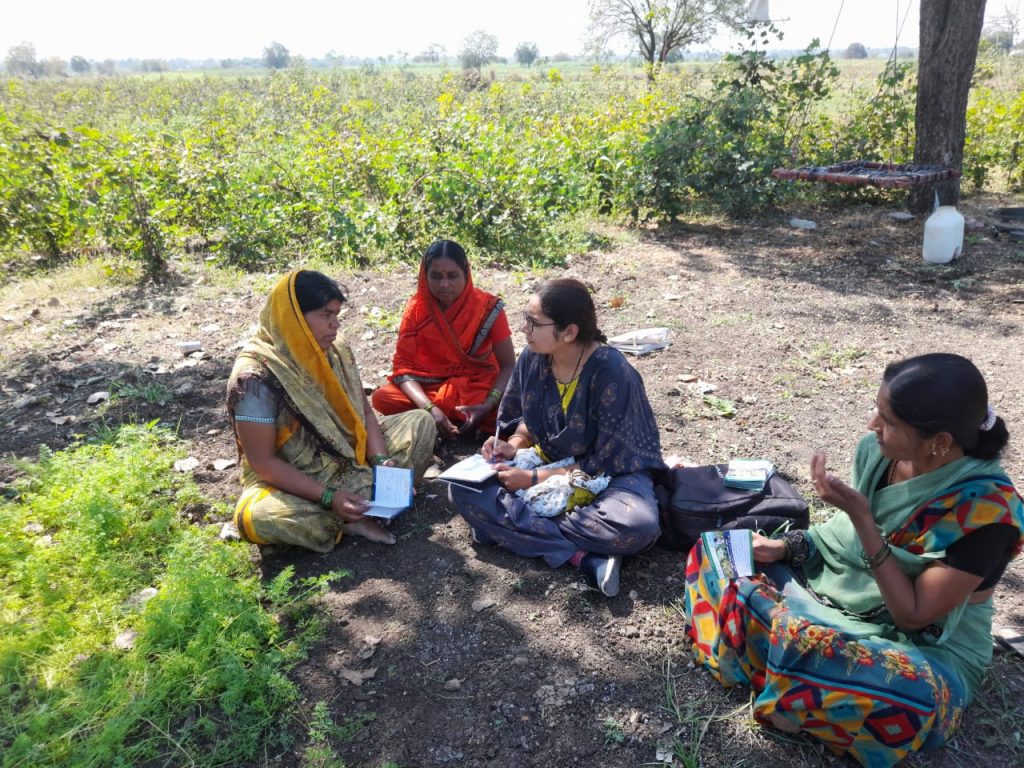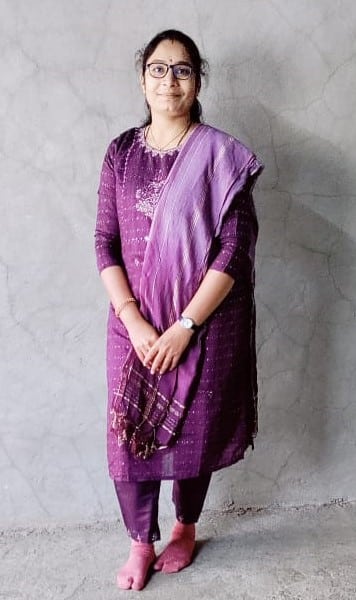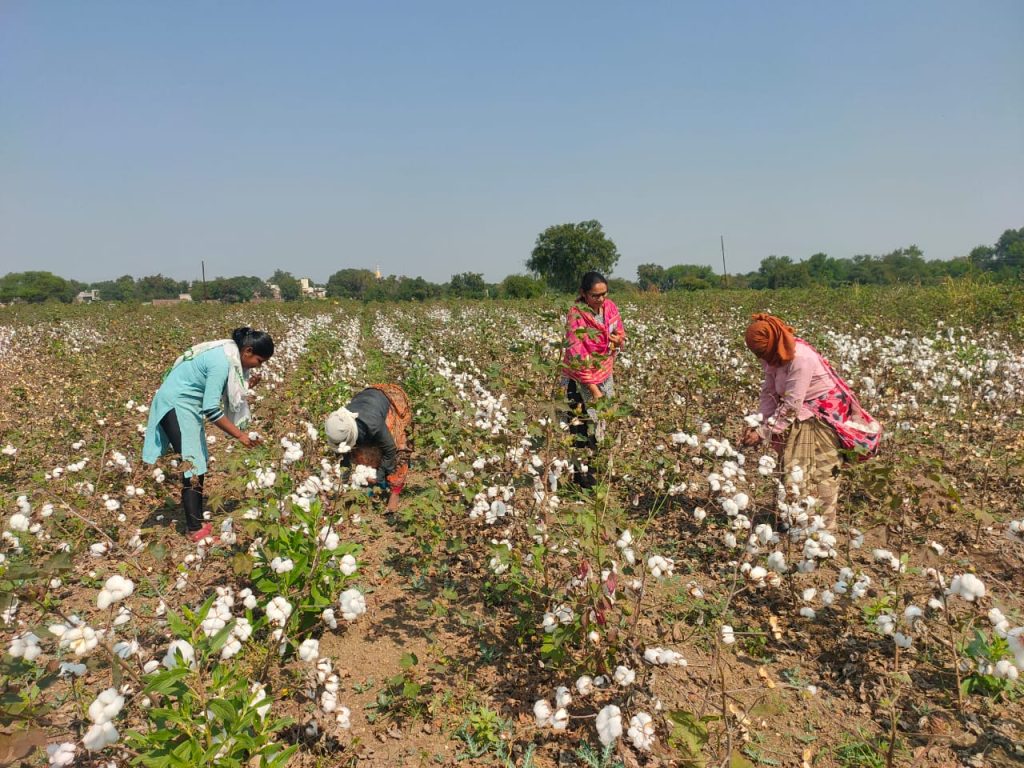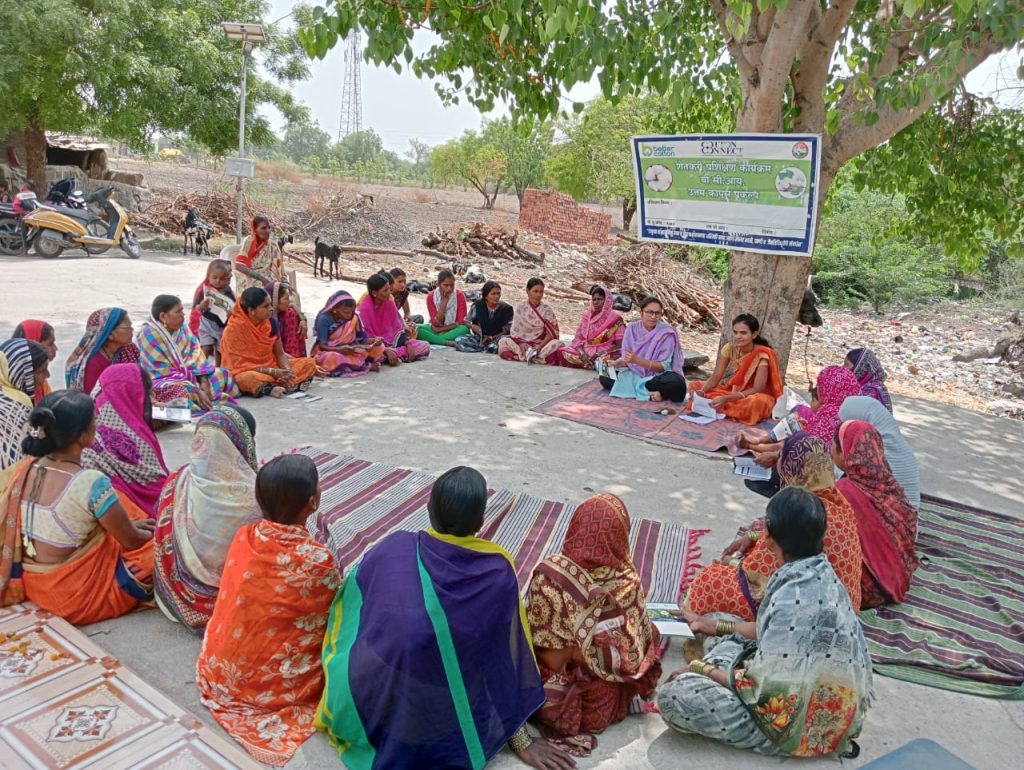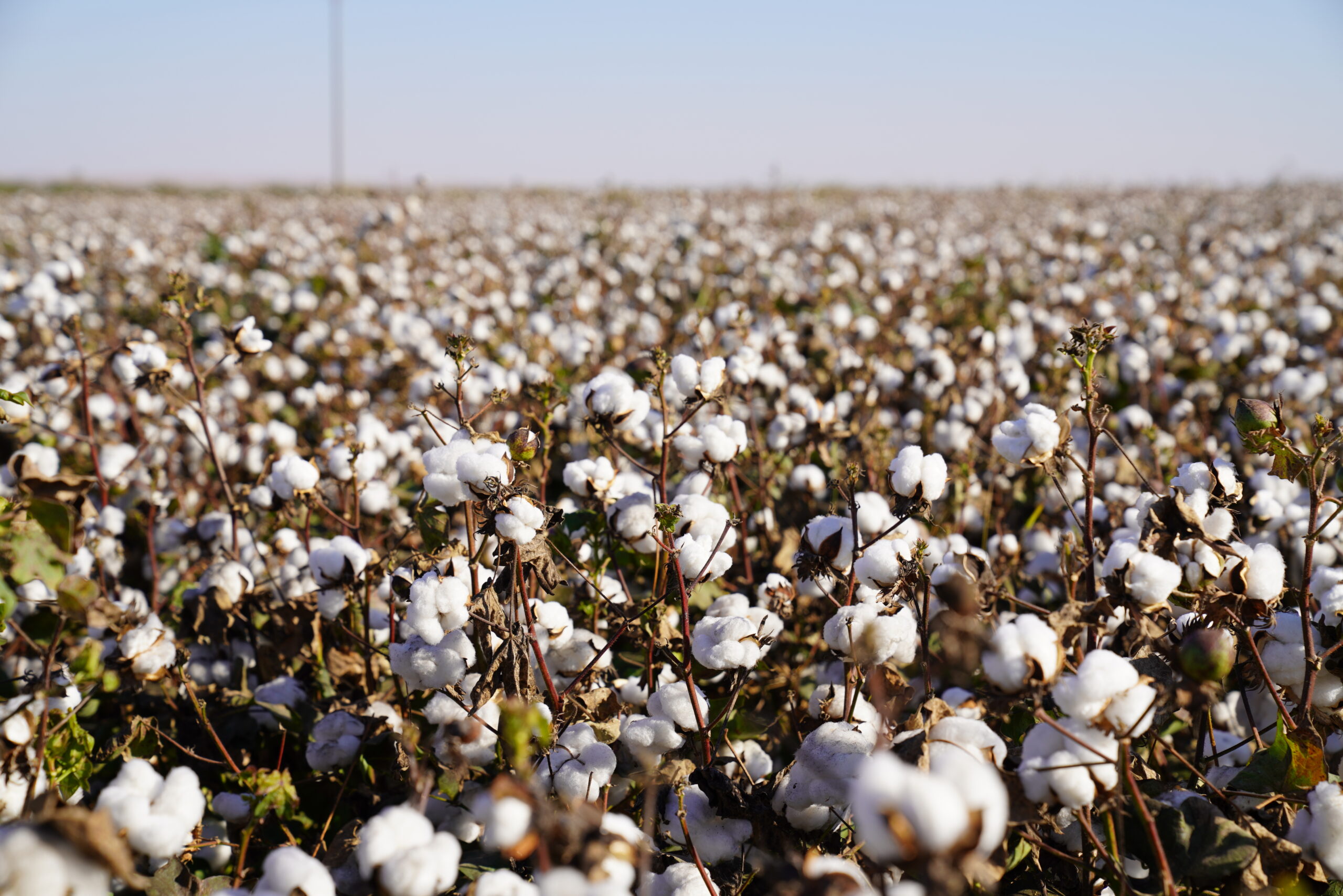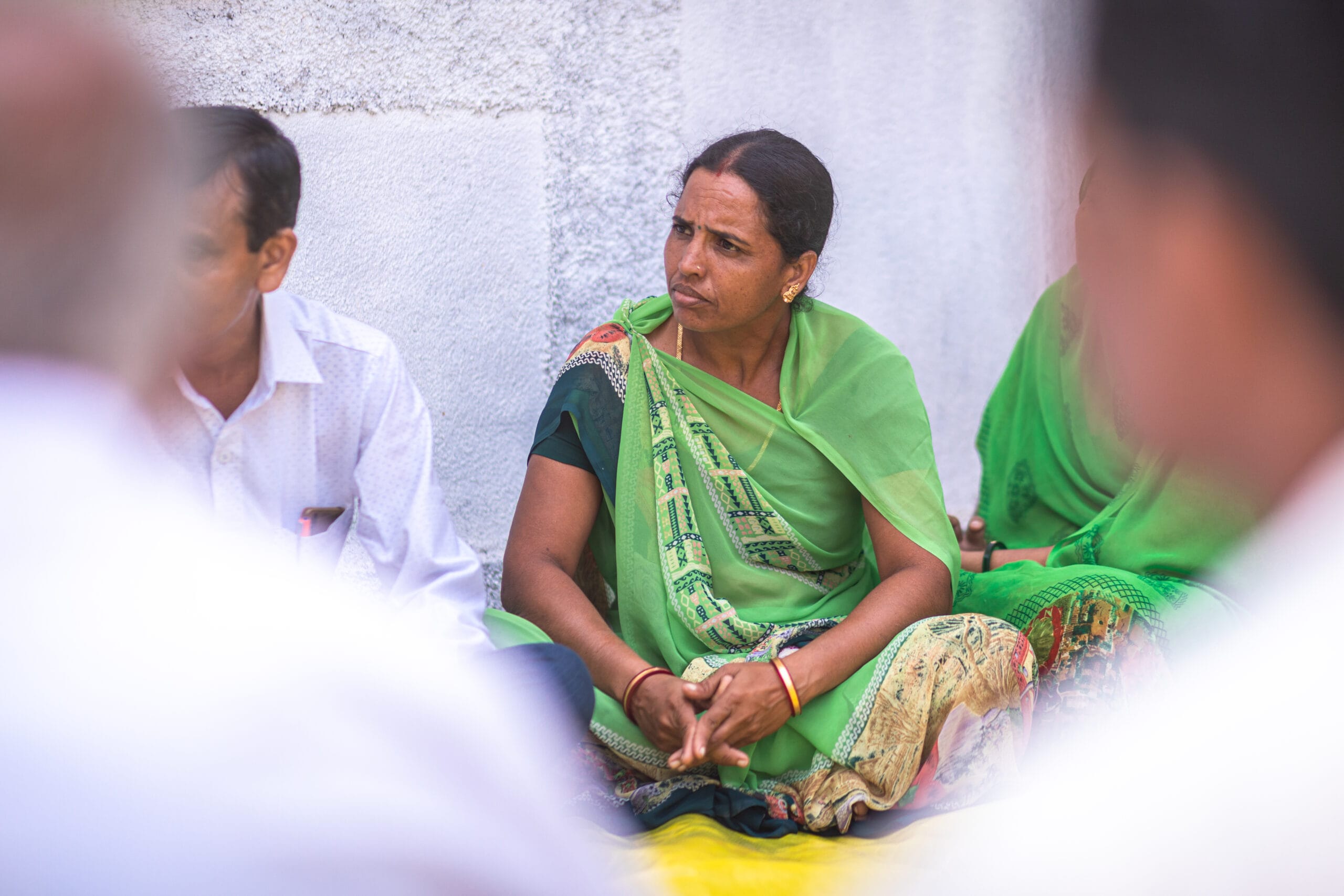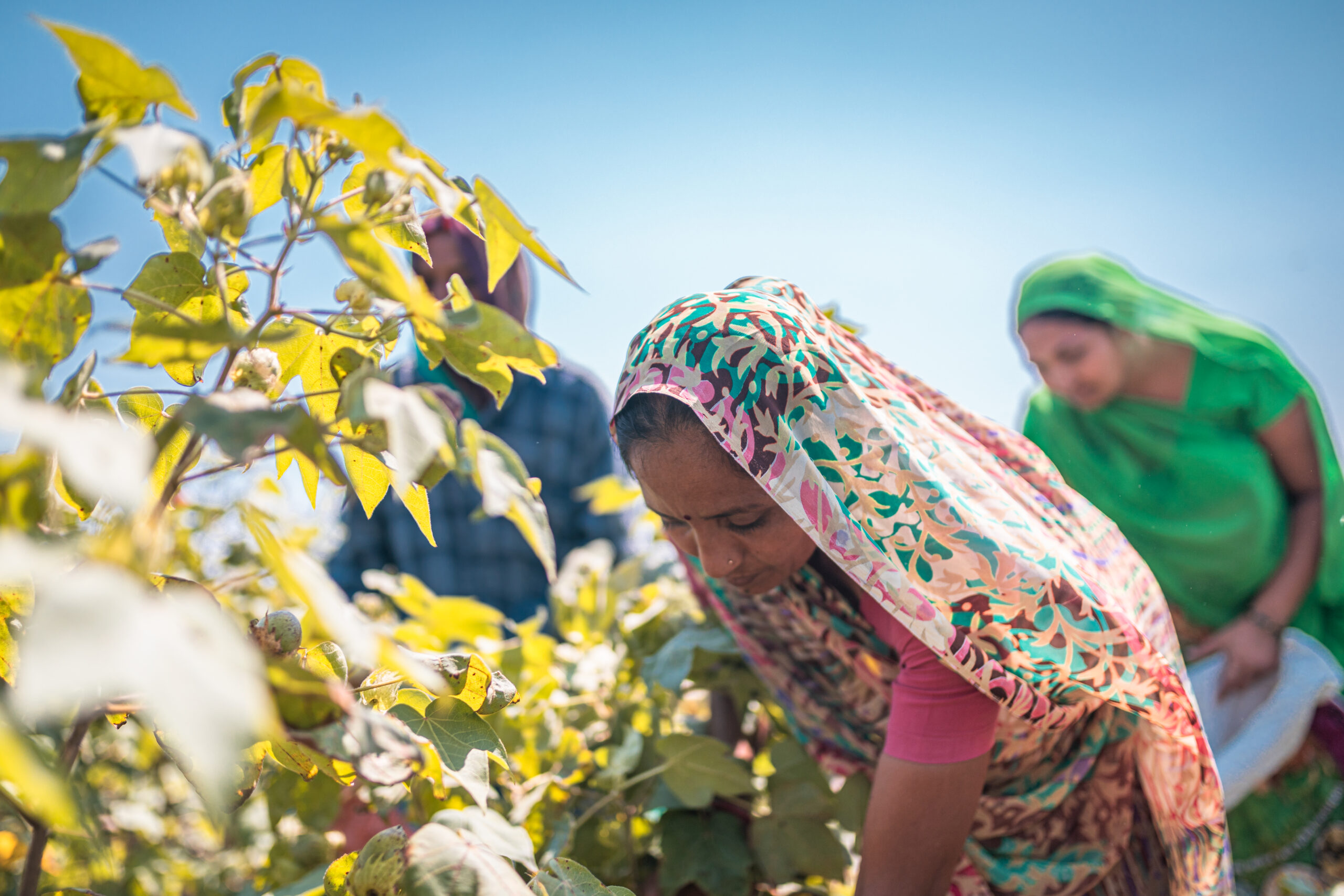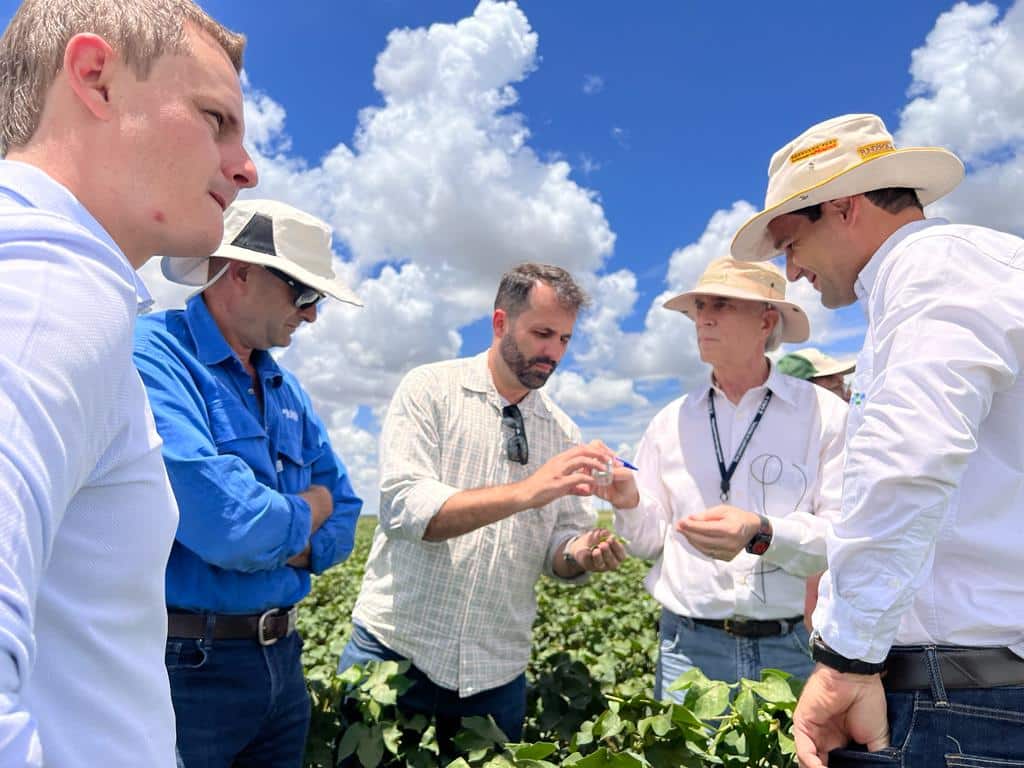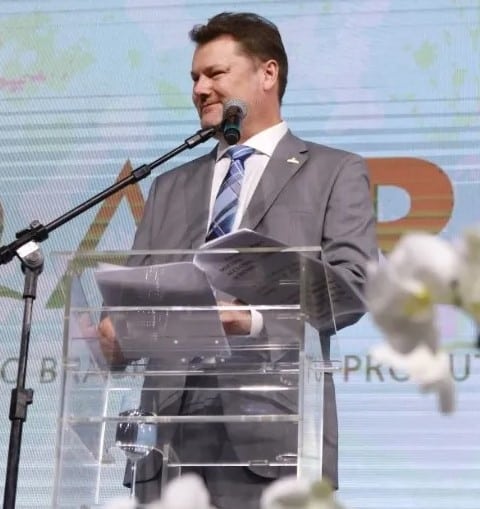2030 Vision: Better Cotton Impact Targets Highlight Bold Ambitions
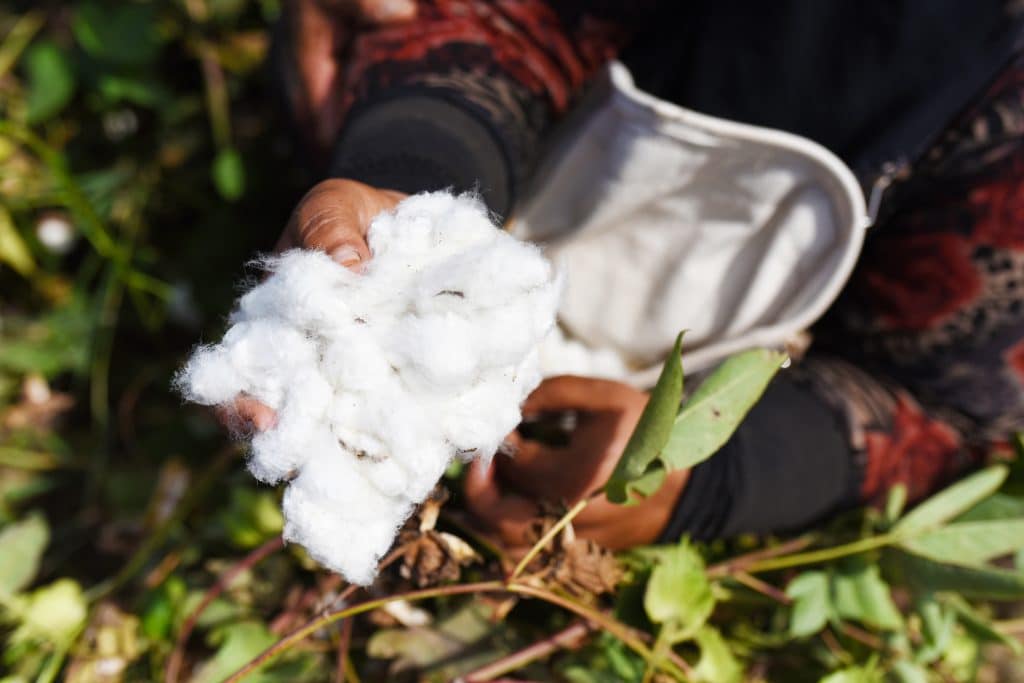



By Emma Dennis, Senior Manager of Global Impact, Better Cotton
For 350 million people around the world, cotton is a way of life. From Brazil to Australia, the US to India, its production is the bedrock of an entire industry and touches all corners of the planet. As the world’s most popular natural fibre, cotton is used in one third of all textiles. Each year, over 22 million tonnes of cotton are produced – and now, 14 years after Better Cotton began, over a fifth of global cotton is grown in line with our standard.
Better Cotton Farmers have adopted our principles for over a decade now, but there is always more to be done. That’s why, as part of our 2030 Strategy, we have developed Impact Targets spanning soil health, women’s empowerment, pesticides, sustainable livelihoods, and climate change mitigation to help map out our journey forwards and enable progress to be clearly measured and communicated.
Understanding the Challenges
Better Cotton works alongside field-level partners to help cotton farmers, farm workers, and communities benefit from better yields, improved working conditions, and more sustainable agricultural practices. So far, it has been transformative – 2.2 million farmers now produce cotton under the Better Cotton Standard. As an example, in Tajikistan in the 2019-20 cotton season, synthetic pesticide use among Better Cotton Farmers was 62% lower than Comparison Farmers. Similarly, in the same season, Better Cotton Farmers in Pakistan reported 12% higher yields and 35% higher profits than Comparison Farmers, largely due to their improved knowledge on seed selection, crop protection and soil health.
Our goal is to drive change across all facets of cotton production. After all, our Impact Targets are naturally interlinked. Improved soil health, for example, will be intrinsic to ensuring sustainable production of crops including those for household consumption for farmers, thus improving their livelihoods; whilst efforts to minimise pesticide use can in turn be expected to benefit soils. For Better Cotton, success will mean that our targets have struck a balance that allows for change in one area without detriment to another.
To ensure this, we called upon a committed network of internal and external stakeholders with the view to determining an effective path that addresses the most pertinent topics and issues impacting cotton production. It’s with their insight that we were able to refine our approach and ensure the Impact Targets will drive progress in what is widely deemed to be a defining decade for humanity.
Helping to Make Meaningful Change
Supporting farming communities to transition to more resilient, sustainable farming methods is critical. The Cotton 2040 multi-stakeholder initiative, of which Better Cotton is a member, estimates that around half of the world’s cotton growing regions will face high or very high-risk exposure to at least one climate hazard by 2040 unless we make significant improvements to the way cotton is produced.
Our strategy was founded with the belief that Better Cotton and its indispensable network of partners and field-level facilitators can greatly influence the transition we must see in the coming years. That said, it is the commitment of farmers and their communities that will make this a reality.
All of this work comes with the overarching aim of supporting farmers, workers and their wider communities to build more sustainable livelihoods. If they are unable to meet basic needs with a living income, it will be difficult to focus on improving their agricultural practices.
We are heavily promoting the use of locally appropriate regenerative soil management practices and reductions in the use of highly hazardous pesticides (HHPs). Our pesticides target is a commitment to reduce the volume and toxicity of synthetic or inorganic pesticides used by Better Cotton Farmers by 50%.
Our Women’s Empowerment target is focused on improving inclusion within the Better Cotton programme, as women are often side-lined away from decision-making. Our aim is to work in partnership with women’s rights and women-centred organisations to improve women’s access to resources, support the growth of Women’s Groups and Producer Organisations and mainstream women’s empowerment initiatives to promote equal farm decision-making, build climate resilience, and support improved livelihoods.
Change Already Underway
Around the world, Better Cotton Farmers have already made huge strides towards meeting our 2030 targets. Notably, we announced the Climate Change Mitigation target at the end of 2021 – to reduce overall greenhouse gas emissions per tonne of cotton produced by 50% from the 2017 baseline. During the 2019-2020 season, even before the target was released, India – the region with the most Better Cotton Farmers – recorded some highly encouraging results.
In comparison to non-Better Cotton Farmers in the region, they used 10% less water, 13% fewer synthetic fertilisers, 23% fewer pesticides, and 7% more organic fertiliser. These farms also returned 9% higher yields and 18% higher profits – proof that Better Cotton methods contribute to real, positive impacts on cotton farming.
We are developing the systems for increased data reporting, including through the addition of a number of indicators from the Delta Framework that Better Cotton launched last year with industry partners. Combining these mechanisms will enable us to effectively demonstrate progress across the environmental, social and economic metrics, as well as identify our successes, challenges, and issues that need further investment and research.
We’re currently scoping a baseline from which to calculate progress and will provide updates periodically until 2030. The final report in 2030 will evaluate progress as a whole to help understand where and how Better Cotton Farmers have succeeded, as well as establish areas we can work together to improve. Our focus is on improving the livelihoods of the cotton farmers, but the benefits of transitioning to more sustainable practices will go far beyond the farming communities themselves.
Read more
